“Rani Lakshmibai: 7 Fearless Turning Points That Forged a Legend”
📘 Introduction: The Unyielding Flame of Rani Lakshmibai
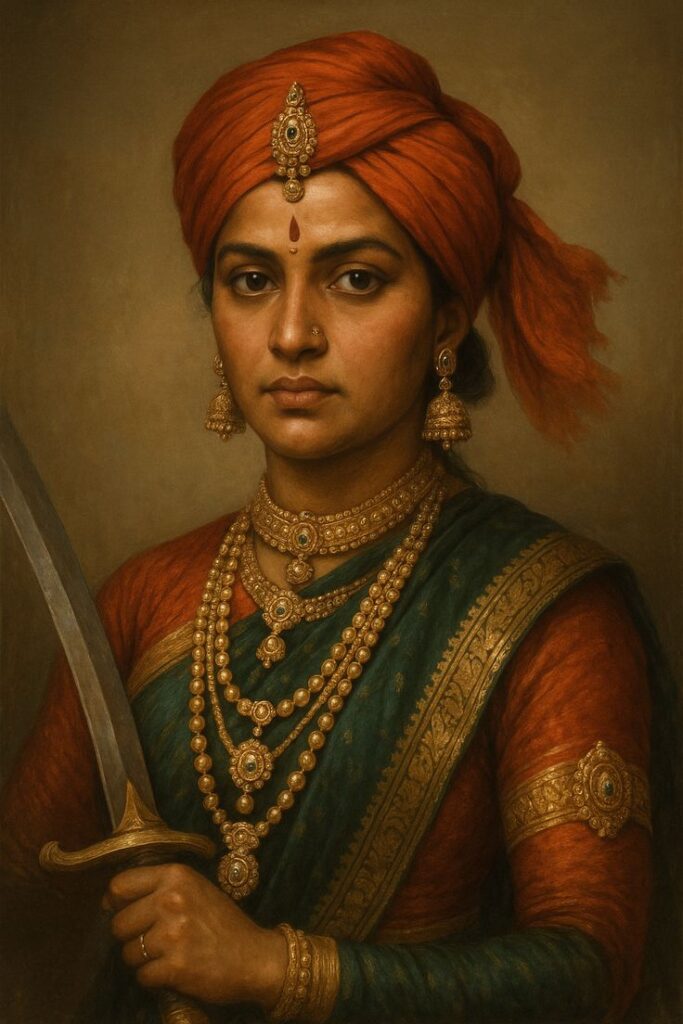
Rani Lakshmibai is not merely a historical figure—she is a living symbol of resistance, valor, and patriotism. From the dusty lanes of Varanasi to the blood-soaked battlefield of Gwalior, Rani Lakshmibai carved her legacy with fire and steel. Her name evokes the roar of freedom, the defiance of injustice, and the unbreakable spirit of Hindustan. In every corner of India, from textbooks to temples, the story of Rani Lakshmibai is told not as a tale, but as a tribute.
Born as Manikarnika Tambe on 19 November 1828, Rani Lakshmibai was destined for greatness. Raised in the court of Peshwa Baji Rao II in Bithoor, she was affectionately called “Chhabili”—a girl full of life, wit, and fire. But Rani Lakshmibai was not content with the confines of tradition. While other girls played with dolls, Rani Lakshmibai mastered swordsmanship, horse riding, and archery. Her childhood was a training ground for the battlefield she would one day command.
Her marriage to Maharaja Gangadhar Rao of Jhansi in 1842 marked the beginning of her royal journey. As the queen consort, Rani Lakshmibai embraced her duties with grace and intelligence. But fate struck a cruel blow—her infant son died, and soon after, the Maharaja passed away. Widowed at just 25, Rani Lakshmibai stood at the crossroads of history. The British East India Company, under Lord Dalhousie, invoked the Doctrine of Lapse and refused to recognize her adopted son Damodar Rao as heir. They sought to annex Jhansi. But Rani Lakshmibai refused to bow.
Her iconic declaration—“मैं अपनी झांसी नहीं दूंगी”—was not just a statement. It was a thunderclap. It was the moment Rani Lakshmibai transformed from queen to commander. She fortified Jhansi, trained an army including women warriors, and prepared for war. When the Revolt of 1857 erupted, Rani Lakshmibai became its blazing heart. She led her troops against British forces with unmatched courage and tactical brilliance. Her leadership was not born of privilege—it was forged in pain, purpose, and patriotism.
Even when Jhansi fell in April 1858, Rani Lakshmibai did not surrender. She escaped under fire, regrouped with Tatya Tope and Nana Sahib, and continued the resistance from Kalpi to Gwalior. Her final battle at Kotah-ki-Serai was a testament to her indomitable spirit. Dressed as a soldier, sword in hand, Rani Lakshmibai charged into combat. She was martyred on 18 June 1858, but her death was not an end—it was a beginning.
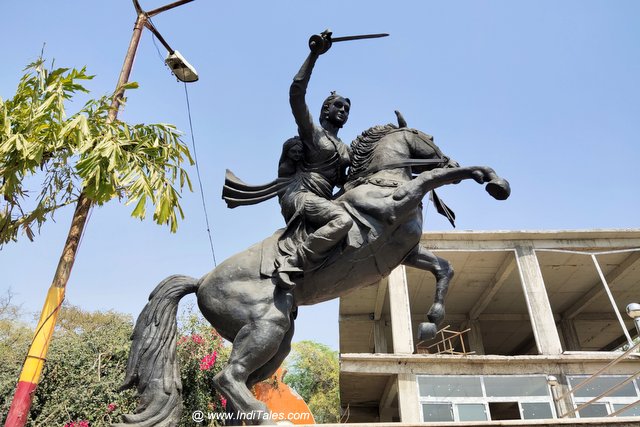
Rani Lakshmibai became immortal. Her legacy ignited the flames of freedom in every Indian heart. She was not just a queen—Rani Lakshmibai was a revolution. Her name became a war cry, her courage a blueprint, and her sacrifice a sacred vow. Today, Rani Lakshmibai is remembered not just in statues and stories, but in the soul of India.
This blog will explore the seven fearless turning points that defined Rani Lakshmibai’s journey. Each moment is a chapter of fire, each decision a roar of resistance. From her birth to her martyrdom, Rani Lakshmibai lived a life that defied empires and inspired generations. Her story is not just history—it is heritage. It is the heartbeat of Hindustan.
Table of Contents
🗣️ Rani Lakshmibai’s Final Address: The Roar from Jhansi Fort
Date: March 1858
Location: Jhansi Fort, Bundelkhand
Crowd: Hundreds of Jhansi’s soldiers, women warriors, loyal citizens, and royal guards
In the spring of 1858, as the British forces led by Sir Hugh Rose advanced toward Jhansi, the air inside the fort was thick with tension. The walls of Jhansi Fort, once symbols of royal pride, now bore the weight of an impending siege. But within those walls stood a queen who refused to bend—Rani Lakshmibai, the embodiment of resistance.
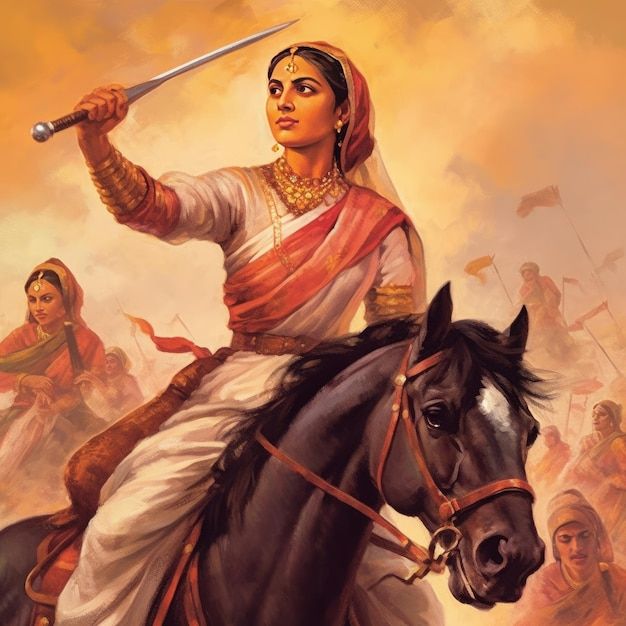
On a brisk morning in March, Rani Lakshmibai summoned her people to the central courtyard of the fort. The sun had barely risen, but the crowd had gathered—soldiers with swords, women with spears, elders with prayers, and children with hope. They had come not just to hear their queen, but to draw strength from her.
Dressed in battle armor, her sword gleaming at her side, Rani Lakshmibai mounted the steps of the courtyard. Her horse, Sarangi, stood nearby, ready for war. Her eyes scanned the crowd—not with fear, but with fire. And then she spoke.
🔥 The Speech Begins
“झांसी की रक्षा केवल मेरी जिम्मेदारी नहीं है—it is our Dharma. मैं रानी हूँ, लेकिन आज मैं आपकी सेनापति भी हूँ। जब तक मेरी देह में रक्त है, मैं अपनी झांसी नहीं दूंगी।”
(“The defense of Jhansi is not just my duty—it is our Dharma. I am a queen, but today I am your commander. As long as blood flows in my veins, I will not surrender my Jhansi.”)
The crowd erupted in chants of “Jai Jhansi! Jai Lakshmibai!” But Rani Lakshmibai raised her hand, calling for silence—not to suppress the roar, but to deepen its meaning.
🛡️ A Call to Arms
Rani Lakshmibai:
“अंग्रेज सोचते हैं कि एक स्त्री कमजोर होती है। आज मैं उन्हें युद्ध में उत्तर दूंगी। मैं अकेली नहीं लड़ूंगी—हर झांसीवासी मेरा सैनिक है।”
(“The British believe a woman is weak. Today I shall answer them in battle. I will not fight alone—every citizen of Jhansi is my soldier.”)
Her words were not mere rhetoric—they were a call to arms. Women stepped forward, pledging to fight. Men bowed, ready to defend. Children clutched wooden swords, mimicking their queen. Rani Lakshmibai had awakened a sleeping lion within her people.
⚔️ Strategy and Spirit
Rani Lakshmibai laid out her plan—not just military, but moral.
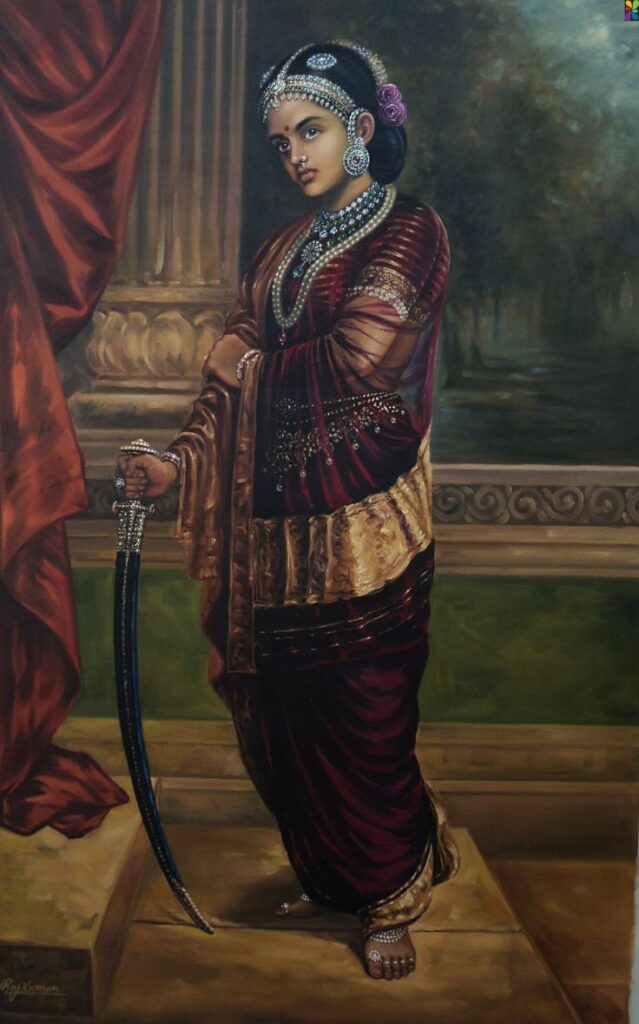
“हमारे पास सीमित शस्त्र हैं, लेकिन असीम साहस है। अंग्रेजों के पास बंदूकें हैं, लेकिन हमारे पास आत्मा है। यह युद्ध केवल भूमि का नहीं—it is for our स्वाभिमान।”
(“We have limited weapons, but limitless courage. The British have guns, but we have soul. This war is not just for land—it is for our self-respect.”)
She assigned roles—archers to the towers, sword fighters to the gates, women to the medical tents and defense lines. Rani Lakshmibai was not just leading a battle—she was orchestrating a revolution.
🧠 Emotional Appeal to Her People
Then came the moment that silenced even the wind. Rani Lakshmibai looked at the children in the crowd, then at the elders, and finally at her adopted son, Damodar Rao.
“अगर मैं युद्ध में गिरती हूँ, तो मेरी आत्मा झांसी की मिट्टी में समा जाएगी। लेकिन मेरी झांसी जीवित रहनी चाहिए। मेरी मृत्यु एक शुरुआत होगी—not an end.”
(“If I fall in battle, my soul will merge with the soil of Jhansi. But Jhansi must live on. My death will be a beginning—not an end.”)
Tears welled in the eyes of many, but no one wept aloud. Rani Lakshmibai had transformed grief into grit.
🔱 The Final Declaration
As the sun rose higher, Rani Lakshmibai raised her sword toward the sky.
“मैं रानी लक्ष्मीबाई, झांसी की शेरनी, आज प्रतिज्ञा करती हूँ—मैं झांसी की रक्षा करूंगी, चाहे प्राण जाएं या शरीर। मैं अंग्रेजों को दिखा दूंगी कि भारत की स्त्री केवल सहन नहीं करती—वह संग्राम भी करती है।”
(“I, Rani Lakshmibai, the lioness of Jhansi, vow today—I shall defend Jhansi, even if it costs my life. I will show the British that an Indian woman does not just endure—she fights.”)
The crowd roared. The fort trembled—not from cannons, but from conviction. That day, Rani Lakshmibai didn’t just prepare her people for war—she baptized them in patriotism.
🕊️ Aftermath and Legacy
Within weeks, the British siege intensified. Jhansi fell in April 1858, but Rani Lakshmibai escaped, regrouped, and continued her resistance. Her speech became legend—passed down orally, etched in memory, and later immortalized in literature and folklore.
Even British officers, including Sir Hugh Rose, acknowledged her bravery. He wrote:
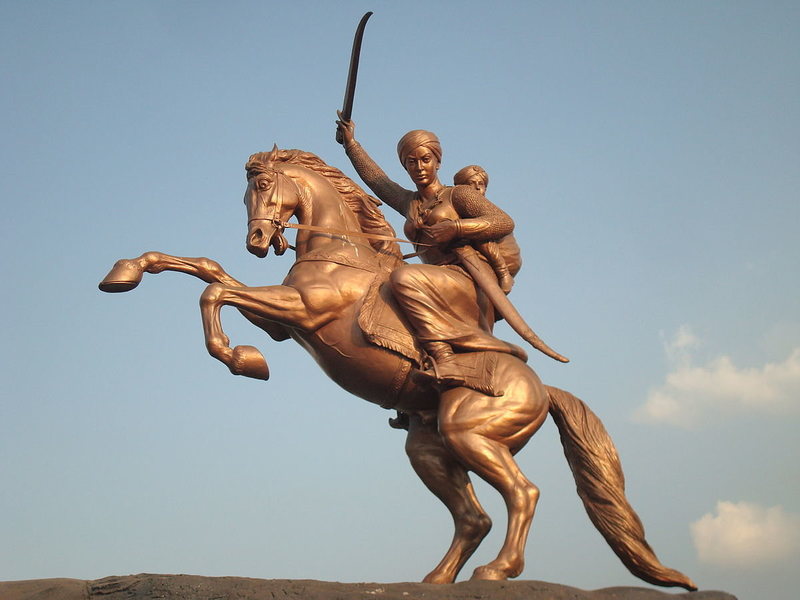
“Rani Lakshmibai was the bravest and best military leader of the rebels.”
Her final battle at Kotah-ki-Serai in June 1858 was fought with the same spirit she had ignited in that courtyard. Rani Lakshmibai died fighting, sword in hand, dressed as a soldier—not a queen.
🌺 Why This Speech Still Matters
- It was delivered at a critical turning point in India’s first war of independence.
- It showcased Rani Lakshmibai’s leadership, emotional intelligence, and strategic mind.
- It inspired women to fight, breaking centuries of silence.
- It turned Jhansi into a symbol, and Rani Lakshmibai into a legend.
Today, her words echo in every freedom movement, every classroom, and every heart that beats for Bharat. Rani Lakshmibai is not just remembered—she is revered.
🧬 Rani Lakshmibai: The Making of a Warrior Queen – Early Life and Birth
Rani Lakshmibai is not just a name in history—it is a legacy carved into the soul of India. Before she became the fearless Queen of Jhansi, before she led armies into battle and defied the British Empire, Rani Lakshmibai was a spirited girl named Manikarnika Tambe. Her early life was not marked by luxury or ease, but by discipline, fire, and a destiny that whispered of revolution.
Born on 19 November 1828 in the sacred city of Varanasi (Kashi), Rani Lakshmibai entered the world at a time when India was under the tightening grip of British colonial rule. Her father, Moropant Tambe, was a court advisor with strong ties to the Maratha administration, and her mother, Bhagirathi Sapre, was a woman of deep cultural values. From the very beginning, Rani Lakshmibai was surrounded by the echoes of tradition and the tremors of change.
But destiny had other plans. After the untimely death of her mother, Rani Lakshmibai was taken to Bithoor, where she was raised in the household of Peshwa Baji Rao II—the last Peshwa of the Maratha Empire. It was here, in the vibrant corridors of the Peshwa’s court, that Rani Lakshmibai began to shape her identity—not as a passive princess, but as a future warrior.
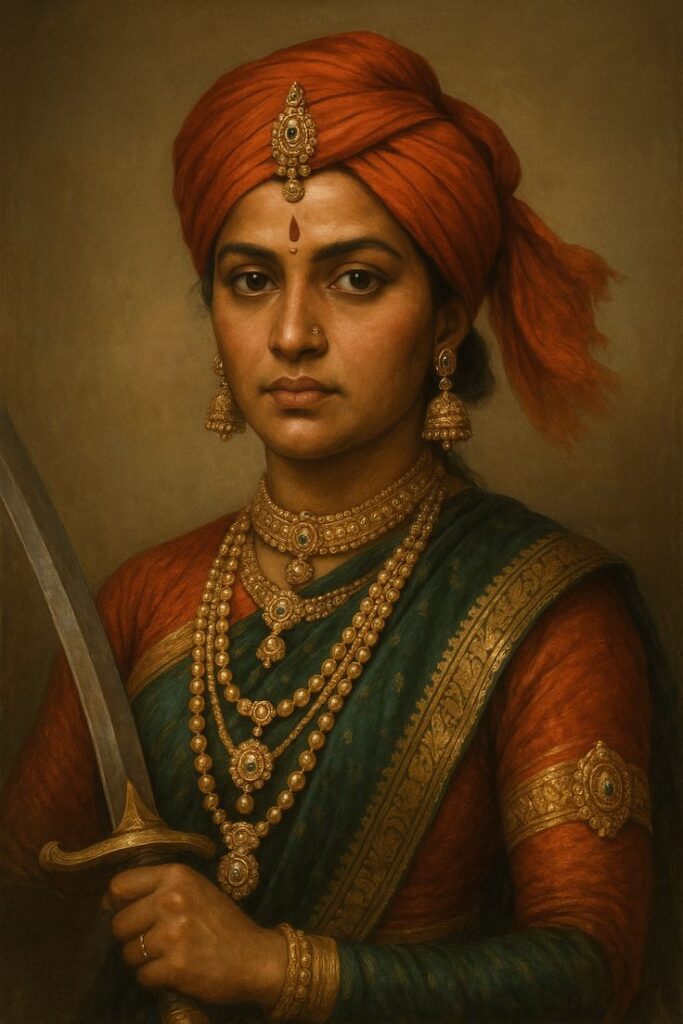
Nicknamed “Chhabili” by the Peshwa for her lively and fearless nature, Rani Lakshmibai was unlike any other girl of her time. While others were taught embroidery and etiquette, Rani Lakshmibai was trained in horse riding, swordsmanship, and archery. Her mornings began with martial drills, her afternoons with philosophical lessons, and her evenings with tales of Shivaji Maharaj and the glory of Hindavi Swarajya.
The keyword Rani Lakshmibai is not just a historical label—it is a symbol of transformation. From Manikarnika to Rani Lakshmibai, the journey was steeped in fire. Her childhood was not sheltered—it was sharpened. She rode horses like wind, wielded swords with precision, and questioned injustice with boldness. Even the British officers who later faced her in battle acknowledged her early training as the foundation of her military brilliance.
In Bithoor, Rani Lakshmibai was exposed to the politics of empire, the strategies of resistance, and the emotional weight of leadership. She saw the Maratha decline, the British expansion, and the erosion of Indian sovereignty. These experiences did not break her—they built her. Every lesson, every loss, every moment in the Peshwa’s court added a layer to the steel that would one day roar from Jhansi.
Her father, Moropant Tambe, ensured that Rani Lakshmibai was educated not just in scriptures and languages, but in ethics, warfare, and diplomacy. He believed that a daughter could be as powerful as a son—and Rani Lakshmibai proved him right. Her bond with the Peshwa was deep, and her presence in his court was more than ceremonial. She was a student of strategy, a listener of legends, and a practitioner of power.
As she grew older, Rani Lakshmibai began to understand the weight of her name. She was not just Manikarnika anymore—she was becoming Rani Lakshmibai, the lioness of Jhansi. Her early life was a crucible, and every challenge was a flame that forged her resolve.
🌿 Section 2: Family Background and Cultural Roots – The Soil That Shaped Rani Lakshmibai
Before she became the roaring flame of resistance, Rani Lakshmibai was a daughter of tradition, born into a lineage steeped in Marathi pride and Brahmin values. Her roots were not just familial—they were ideological. The story of Rani Lakshmibai begins with the soil of Varanasi and the spirit of Maharashtra, where Dharma, discipline, and defiance coexisted.
Rani Lakshmibai was born as Manikarnika Tambe to Moropant Tambe and Bhagirathi Sapre, a Marathi Brahmin couple originally from Maharashtra. Her father, Moropant Tambe, was a scholar, advisor, and a man of deep conviction. He served in the court of the Peshwa, and his loyalty to the Maratha cause was unwavering. Her mother, Bhagirathi, was known for her spiritual strength and cultural wisdom. Together, they created a home where Rani Lakshmibai was nurtured with both affection and ambition.
The Brahmin upbringing of Rani Lakshmibai was rooted in discipline, education, and devotion. She was taught Sanskrit scriptures, Marathi literature, and the philosophies of Dharma and Karma. But unlike many Brahmin girls of her time, Rani Lakshmibai was also trained in warfare. Her father believed that true Dharma included the defense of righteousness—and Rani Lakshmibai embodied that belief.
Her Marathi heritage played a vital role in shaping her worldview. The legacy of Shivaji Maharaj, the valor of Rajmata Jijabai, and the stories of Maratha resistance were part of her daily life. These weren’t just tales—they were templates. Rani Lakshmibai grew up believing that leadership was not a privilege—it was a responsibility. Her cultural roots taught her that a ruler must protect, a warrior must fight, and a daughter must rise when her land is threatened.
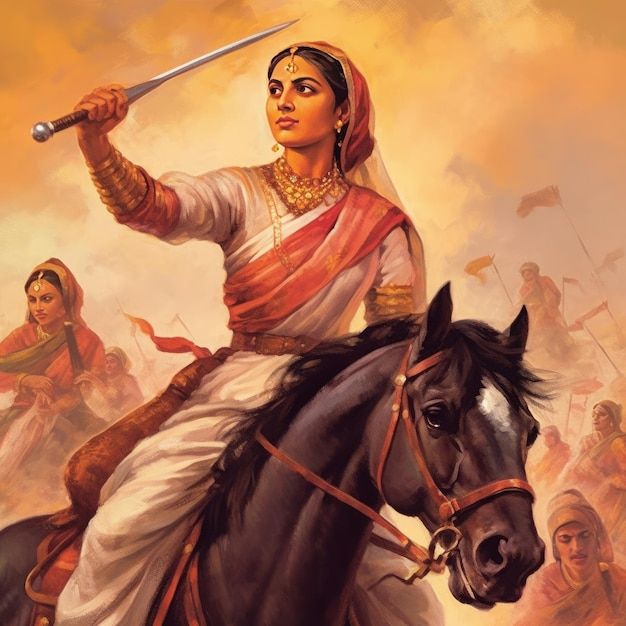
In the Tambe household, patriotism was not preached—it was practiced. Rani Lakshmibai saw her father engage in political discussions, challenge colonial policies, and uphold Maratha dignity. These moments left an indelible mark on her young mind. She learned that courage was not loud—it was consistent. That resistance was not rebellion—it was righteousness.
Her Brahmin identity also instilled in her a sense of spiritual resilience. Rani Lakshmibai was deeply devoted to her faith, often seen reciting shlokas and performing rituals with sincerity. But her spirituality was not passive—it was empowering. She believed that Dharma demanded action, and that the divine resided in duty. This belief would later fuel her refusal to convert under British pressure and her unwavering loyalty to her people.
The fusion of Marathi valor and Brahmin wisdom made Rani Lakshmibai a rare force. She was not just a warrior—she was a philosopher in armor. Her decisions were guided by ethics, her battles by purpose, and her leadership by legacy. Every sword she lifted carried the weight of her ancestry, and every word she spoke echoed the teachings of her culture.
Even in her final moments, Rani Lakshmibai remained true to her roots. She chose martyrdom over compromise, Dharma over survival, and honor over submission. Her Marathi blood and Brahmin soul stood tall against the might of an empire.
This section of Rani Lakshmibai’s life reminds us that greatness is not born in isolation—it is cultivated in culture. Her family background was her foundation, and her cultural roots were her compass. Before she became the queen of Jhansi, Rani Lakshmibai was the daughter of Maharashtra and the disciple of Dharma.
🏰 Section 3: Life in Bithoor – The Crucible of Courage
After the tragic loss of her mother at a young age, Rani Lakshmibai was taken to Bithoor, where her father Moropant Tambe served in the court of Peshwa Baji Rao II. This move was not just geographical—it was transformational. The palace of Bithoor, nestled along the banks of the Ganga, became the training ground where Rani Lakshmibai began her evolution from Manikarnika to the future queen of Jhansi.
In Bithoor, Rani Lakshmibai was surrounded by the echoes of Maratha glory. The Peshwa, though politically weakened by British dominance, maintained a court rich in culture, tradition, and martial pride. Here, Rani Lakshmibai was not treated as a fragile girl—she was nurtured as a future leader. The Peshwa affectionately called her “Chhabili”, meaning playful and spirited, a name that captured her fearless energy.
Unlike most girls of her time, Rani Lakshmibai was encouraged to train in horse riding, swordsmanship, and archery. Her mornings began with rigorous physical training alongside boys, and her evenings were filled with stories of Shivaji Maharaj, Rajmata Jijabai, and the valor of Maratha warriors. These tales weren’t just entertainment—they were blueprints for resistance. Every story planted a seed of defiance, and every lesson sharpened her resolve.
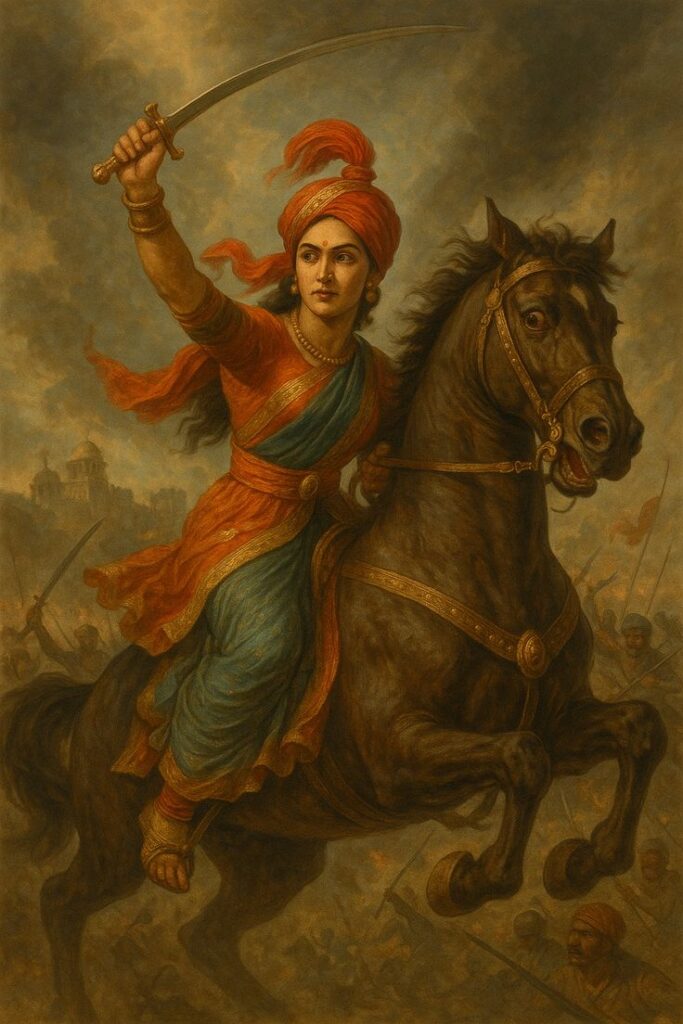
The court of Bithoor was also a hub of political discourse. Rani Lakshmibai grew up listening to debates on British policies, Maratha decline, and the future of Indian sovereignty. Her father, Moropant Tambe, ensured she was educated in Sanskrit, Marathi, and political philosophy. He believed that a daughter could be as capable as any son—and Rani Lakshmibai proved him right every day.
Her bond with the Peshwa was deep and personal. He saw in her the spark of leadership and often included her in courtly discussions. Rani Lakshmibai was not just a listener—she was a learner. She absorbed the nuances of diplomacy, the strategies of warfare, and the emotional weight of leadership. These experiences laid the foundation for the queen she would become.
In Bithoor, Rani Lakshmibai also formed close ties with other revolutionary figures like Nana Sahib, who would later become her ally in the 1857 revolt. These relationships were not just friendships—they were alliances forged in the fire of shared purpose. Together, they dreamed of a free Bharat, and Rani Lakshmibai stood at the center of that dream.
Her life in Bithoor was a paradox—royal yet rebellious, disciplined yet daring. While the British tightened their grip on India, Rani Lakshmibai was quietly preparing to challenge them. Every ride through the palace grounds, every swing of the sword, and every lesson in strategy was a step toward revolution.
By the time she reached her teenage years, Rani Lakshmibai was already known for her fearlessness. She could tame wild horses, defeat seasoned warriors in mock duels, and speak with the clarity of a seasoned diplomat. She was not just admired—she was revered. The people of Bithoor saw in her the reincarnation of Maratha pride, and the whispers of her courage began to spread beyond palace walls.
This section of Rani Lakshmibai’s life is crucial because it shows that heroes are not born—they are made. Bithoor was her forge, and every challenge was a flame that shaped her steel. Before she became the queen of Jhansi, Rani Lakshmibai was the lioness of Bithoor.
📚 Section 4: Education and Philosophy – The Mind Behind the Sword
Before she became a warrior queen, Rani Lakshmibai was a student of wisdom. Her sword was sharp, but her mind was sharper. In an era when girls were rarely educated beyond domestic duties, Rani Lakshmibai was immersed in the study of language, strategy, and spiritual philosophy. Her education was not ornamental—it was transformational.
Raised in the court of Peshwa Baji Rao II, Rani Lakshmibai had access to scholars, poets, and political thinkers. Her father, Moropant Tambe, ensured that she was taught Sanskrit, Marathi, and Persian, along with the scriptures of the Bhagavad Gita, Ramayana, and Mahabharata. These texts were not just religious—they were manuals of leadership, ethics, and war.
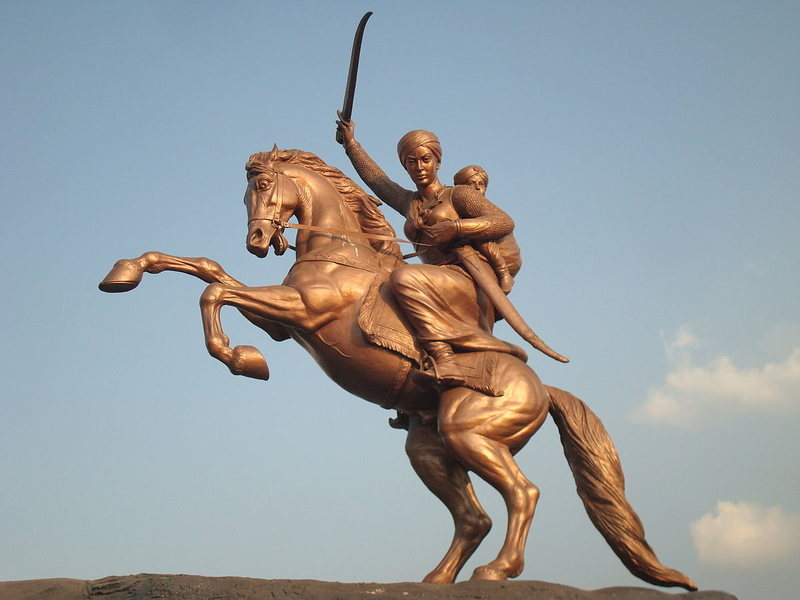
From the Gita, Rani Lakshmibai learned the concept of Karma Yoga—action without attachment. This philosophy would later guide her decisions on the battlefield. She believed that duty must be performed without fear, and that righteousness must be upheld even in the face of death. Her understanding of Dharma was not passive—it was active, fierce, and deeply personal.
She also studied the lives of historical figures like Shivaji Maharaj, whose guerrilla tactics and vision of Hindavi Swarajya became her blueprint. Rani Lakshmibai admired Shivaji not just for his military genius, but for his ability to unite people across castes and regions. She saw in him a reflection of her own mission—to protect her land, her people, and her honor.
Her education extended to political strategy and diplomacy. In the Peshwa’s court, Rani Lakshmibai observed negotiations, alliances, and betrayals. She learned how empires rise and fall, how leaders must balance emotion with logic, and how power must be wielded with responsibility. These lessons would later help her navigate the complex politics of the 1857 revolt.
But perhaps the most profound aspect of Rani Lakshmibai’s education was her emotional intelligence. She was taught to listen deeply, speak wisely, and act decisively. Her words carried weight because they were rooted in thought. Her decisions inspired loyalty because they were grounded in ethics. Her leadership was magnetic because it was authentic.
Even her enemies acknowledged her intellect. British officers noted that Rani Lakshmibai was not just a fighter—she was a strategist. Her ability to organize defenses, mobilize troops, and inspire morale was unmatched. She understood terrain, timing, and tactics. But more importantly, she understood people.
Her philosophical grounding also gave her resilience. When faced with the loss of her husband and the threat of annexation, Rani Lakshmibai did not collapse—she rose. She saw adversity as a test of Dharma, and she chose action over despair. Her mind became her shield, and her spirit became her sword.
This section of Rani Lakshmibai’s life reveals that true power lies in the union of intellect and courage. She was not just a queen in armor—she was a philosopher in motion. Her education was her foundation, and her philosophy was her compass. Before she led armies, Rani Lakshmibai led herself—with clarity, conviction, and grace.
👑 Section 5: Transformation into Rani Lakshmibai – From Manikarnika to Monarch
The journey from Manikarnika Tambe to Rani Lakshmibai was not just a change of name—it was a metamorphosis of spirit. It marked the moment when a spirited girl from Bithoor stepped into the role of a sovereign queen, carrying the weight of a kingdom and the fire of a revolution.
In 1842, Manikarnika was married to Maharaja Gangadhar Rao Newalkar, the ruler of Jhansi. With this union, she entered the royal household and was given the name Lakshmibai, in honor of Goddess Lakshmi. The transformation was ceremonial, but for her, it was deeply symbolic. She was no longer just a daughter of the Maratha soil—she was now the queen of a princely state under British scrutiny.
As Rani Lakshmibai, she embraced her new role with grace and grit. She learned the protocols of court life, the intricacies of administration, and the expectations of royalty. But she did not let the palace walls confine her spirit. She continued her martial training, rode horses through the palace grounds, and engaged in discussions on governance and justice. Her identity as Rani Lakshmibai was not defined by jewels or titles—it was shaped by purpose.
Her relationship with Maharaja Gangadhar Rao was one of mutual respect. He recognized her intellect and strength, and she supported his efforts to stabilize Jhansi amidst growing British pressure. In 1851, they were blessed with a son, Damodar Rao. But fate struck cruelly—he died in infancy, and the Maharaja’s health began to decline. Before his death in 1853, he adopted a child and named him Damodar Rao, hoping to secure the succession.
After the Maharaja’s passing, Rani Lakshmibai found herself at the helm of a kingdom under threat. The British East India Company, invoking the Doctrine of Lapse, refused to recognize her adopted son as heir and moved to annex Jhansi. It was in this moment of crisis that Rani Lakshmibai truly emerged—not just as a queen, but as a commander of resistance.
She refused to surrender. Her famous declaration—“Main apni Jhansi nahi doongi”—was not just defiance; it was destiny. The transformation was complete. Manikarnika had become Rani Lakshmibai, the lioness of Jhansi, the voice of Swarajya, and the soul of rebellion.
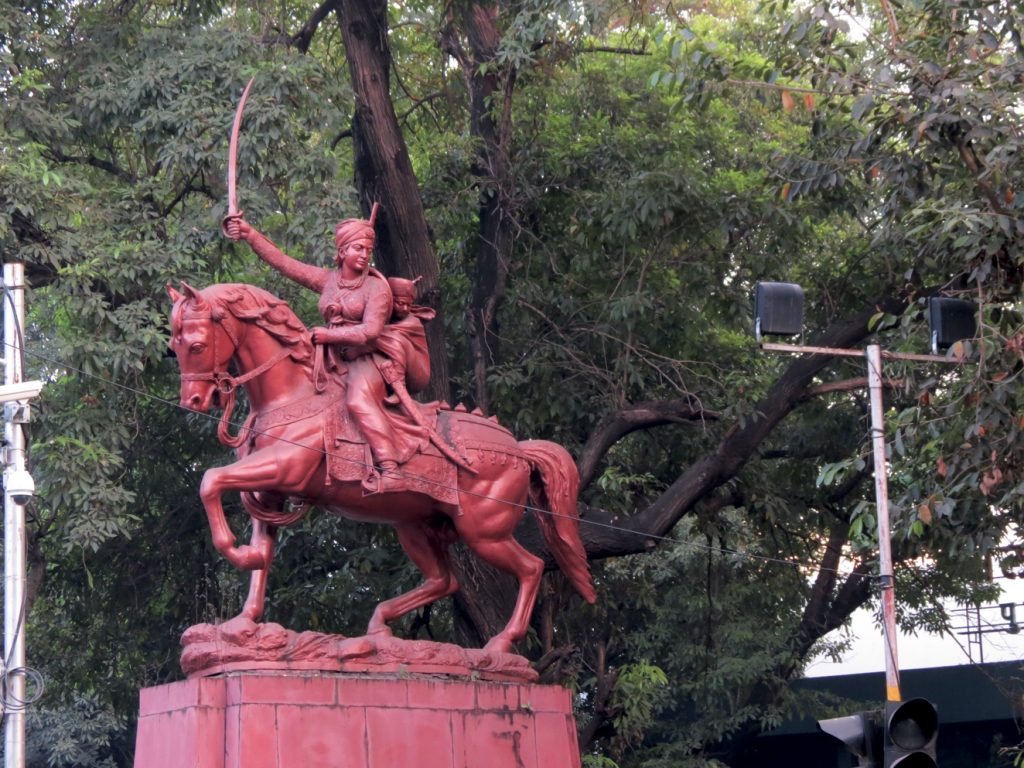
This phase of her life was marked by strategic brilliance and emotional resilience. She reorganized the administration, strengthened the military, and began preparing for the inevitable confrontation with the British. Her palace became a fortress, her court a war room, and her throne a symbol of resistance.
The transformation into Rani Lakshmibai was not just personal—it was political, cultural, and spiritual. She embodied the fusion of Maratha pride, Brahmin ethics, and feminine strength. She was no longer just a queen—she was a movement.
🛡️ Section 6: Legacy of Her Early Life – How Childhood Shaped Her Leadership and Resistance
The roots of greatness often lie in the soil of childhood. For Rani Lakshmibai, every moment of her early life—every lesson, every loss, every triumph—became the foundation of her legendary leadership. Her transformation from Manikarnika to monarch was not sudden; it was a slow, deliberate forging of character, shaped by fire and fortified by purpose.
Raised in the politically charged environment of Bithoor, Rani Lakshmibai absorbed the essence of Maratha pride and Brahmin discipline. Her exposure to the Peshwa’s court gave her a front-row seat to the complexities of governance, diplomacy, and resistance. She didn’t just witness history—she studied it, questioned it, and prepared to rewrite it.
Her training in martial arts wasn’t just physical—it was psychological. Swordsmanship taught her precision, horse riding taught her control, and archery taught her focus. These skills later translated into battlefield strategy, administrative clarity, and emotional resilience. When the British challenged her authority, Rani Lakshmibai didn’t flinch—she fought back with the confidence of someone who had been preparing her entire life.
The stories of Shivaji Maharaj and Rajmata Jijabai weren’t just bedtime tales—they were blueprints. Rani Lakshmibai internalized their courage, their vision, and their unwavering commitment to Swarajya. She saw herself not just as a queen, but as a custodian of legacy. Her decisions were guided by history, her actions by honor.
Her Brahmin upbringing instilled in her a deep sense of Dharma. She believed that leadership was a sacred duty, not a privilege. This belief gave her moral clarity during the most turbulent times. Whether it was resisting the Doctrine of Lapse or leading her troops into battle, Rani Lakshmibai acted not out of ego, but out of ethical conviction.
Even her personal losses—her mother’s death, her son’s passing, her husband’s demise—became sources of strength. They taught her endurance, empathy, and emotional depth. She didn’t allow grief to weaken her; she transformed it into resolve. Her ability to lead with both strength and sensitivity made her beloved among her people and feared by her enemies.
Her early friendships with figures like Nana Sahib and Tatya Tope later became strategic alliances. These relationships, rooted in shared values and mutual respect, played a crucial role in the 1857 revolt. Rani Lakshmibai was not just a lone warrior—she was a unifier, a leader who could inspire loyalty and mobilize resistance.
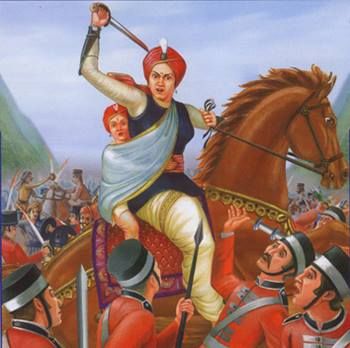
The legacy of her early life is visible in every chapter of her reign. Her administrative reforms, her battlefield tactics, her refusal to surrender—all trace back to the lessons she learned as a child. She didn’t become a leader because she wore a crown—she became one because she earned it, every single day.
In the end, Rani Lakshmibai’s childhood was not a prelude—it was a prophecy. It foretold the rise of a queen who would defy empires, inspire revolutions, and become immortal in the hearts of her people. Her early life was the spark, and her reign was the flame.
👑Marriage and Becoming Rani of Jhansi (1842–1853)
The transformation of Manikarnika Tambe into Rani Lakshmibai was not just a royal formality—it was the beginning of a revolution. In 1842, at the age of 14, Manikarnika was married to Maharaja Gangadhar Rao Newalkar, the ruler of Jhansi. The marriage was arranged with political foresight and cultural pride, but for Manikarnika, it marked the start of her journey as a sovereign, strategist, and symbol of resistance.
💍 The Royal Marriage (1842)
The wedding took place with traditional Maratha grandeur. Manikarnika, dressed in regal attire, entered the palace of Jhansi not just as a bride, but as a future leader. Upon marriage, she was given the name Lakshmibai, invoking the goddess of wealth and strength. From that moment, she was known as Rani Lakshmibai, the queen of Jhansi.
Maharaja Gangadhar Rao was a cultured and progressive ruler. He appreciated literature, music, and governance, and he quickly recognized the sharp intellect and bold spirit of his young queen. Unlike many royal consorts of the time, Rani Lakshmibai was not confined to the zenana. She participated in court discussions, observed administrative decisions, and continued her martial training. Her presence in the palace was not passive—it was powerful.
👶 The Birth of Damodar Rao (1851)
In 1851, Rani Lakshmibai gave birth to a son, Damodar Rao. The birth was celebrated across Jhansi, as the child was seen as the future of the Newalkar dynasty. For Rani Lakshmibai, motherhood added a new dimension to her identity. She was now a queen, a warrior, and a mother—each role demanding strength, wisdom, and compassion.
But joy turned to sorrow. The infant Damodar Rao died within a few months of birth. The loss was devastating. Rani Lakshmibai, though grieving, did not retreat into silence. She mourned with dignity and continued to fulfill her duties as queen. Her resilience during this period became a defining trait of her leadership.
🧾 Adoption of Anand Rao (1853)
With no biological heir, and the Maharaja’s health deteriorating, the royal couple adopted a child named Anand Rao, a relative from the extended Newalkar family. He was renamed Damodar Rao, in honor of the deceased prince. The adoption was formalized in the presence of the British political officer, and a letter was submitted requesting that the adopted son be recognized as heir.
This act was strategic and emotional. It was the Maharaja’s final attempt to secure the future of Jhansi and empower Rani Lakshmibai to govern during the child’s minority. The queen accepted this responsibility with grace and determination. She was not just a caretaker—she was a guardian of legacy.
⚰️ The Death of Maharaja Gangadhar Rao (1853)
Later that year, Maharaja Gangadhar Rao passed away. At just 25 years old, Rani Lakshmibai became a widow. The palace mourned, and the kingdom held its breath. But the queen did not falter. She wore white, as tradition demanded, but her eyes burned with purpose. She took charge of the administration, cared for her adopted son, and prepared to defend Jhansi’s sovereignty.
The British East India Company, under Lord Dalhousie, refused to recognize the adopted Damodar Rao as heir. They invoked the Doctrine of Lapse, declaring Jhansi annexed. But Rani Lakshmibai refused to surrender. Her iconic declaration—“Main apni Jhansi nahi doongi”—was not just defiance; it was destiny.
This period of her life was marked by grief, transition, and awakening. She had lost her husband, her child, and her royal security—but she had found her voice. The widow of Jhansi became its warrior. The queen became its commander. Rani Lakshmibai was no longer just a ruler—she was a revolution.
⚖️ Rani Lakshmibai vs. British Annexation (1853–1857)
A Year-by-Year Breakdown of Defiance, Diplomacy, and Destiny
🔥 1853: The Year of Loss and Awakening
In 1853, the kingdom of Jhansi stood at a delicate crossroads. Rani Lakshmibai, just 25 years old, had recently lost her husband, Maharaja Gangadhar Rao Newalkar, to illness. The grief was profound, but the political consequences were even more severe. With no biological heir, the future of Jhansi hung in the balance.
Before his death, the Maharaja had adopted a child named Anand Rao, renaming him Damodar Rao, and formally declared him the heir to the throne. The adoption was witnessed by British officials and documented in writing. But the British East India Company, under Lord Dalhousie, refused to recognize the adoption. They invoked the Doctrine of Lapse, a policy that allowed them to annex any princely state without a direct male heir.
For Rani Lakshmibai, this was not just a legal betrayal—it was a personal attack. She had lost her husband, her child, and now her kingdom was being stolen. But she did not retreat. She rose. She began petitioning the British, sending letters, legal documents, and appeals to Calcutta. She argued that the adoption was valid, that Jhansi had a rightful heir, and that she was capable of ruling as regent.
But the British were unmoved. They saw Jhansi as a strategic prize—rich in resources, centrally located, and politically vulnerable. They dismissed her appeals and declared Jhansi annexed. The queen’s response was legendary:
“मैं अपनी झांसी नहीं दूंगी।”
(“I shall not give up my Jhansi.”)
This declaration marked the beginning of her transformation from monarch to revolutionary. Rani Lakshmibai began preparing—not just emotionally, but militarily.
⚔️ 1854–1855: Silent Defiance and Strategic Consolidation
🏰 1854: The Year of Silent Defiance
After the British East India Company officially annexed Jhansi in 1854, the political agent appointed to oversee the territory assumed control. The palace was stripped of its administrative powers, and Jhansi was declared a part of British India. But while the British believed they had subdued the kingdom, they had underestimated the resolve of its queen.
Rani Lakshmibai did not accept the annexation. She remained in the palace, continued to care for her adopted son Damodar Rao, and refused to acknowledge British authority. Her protest was not loud—it was strategic. She began building a network of loyalists, recruiting soldiers, and quietly fortifying the city.
Her court became a hub of resistance. She held secret meetings with advisors, trained women in combat, and ensured that the spirit of Jhansi remained unbroken. Her leadership was subtle but powerful. She didn’t need proclamations—her presence was enough to inspire loyalty and defiance.
Emotionally, this year was one of transformation. Rani Lakshmibai had lost her husband, her child, and her kingdom. But she had found her purpose. Her grief became grit. Her silence became strategy. Her palace became a fortress—not just of stone, but of spirit.
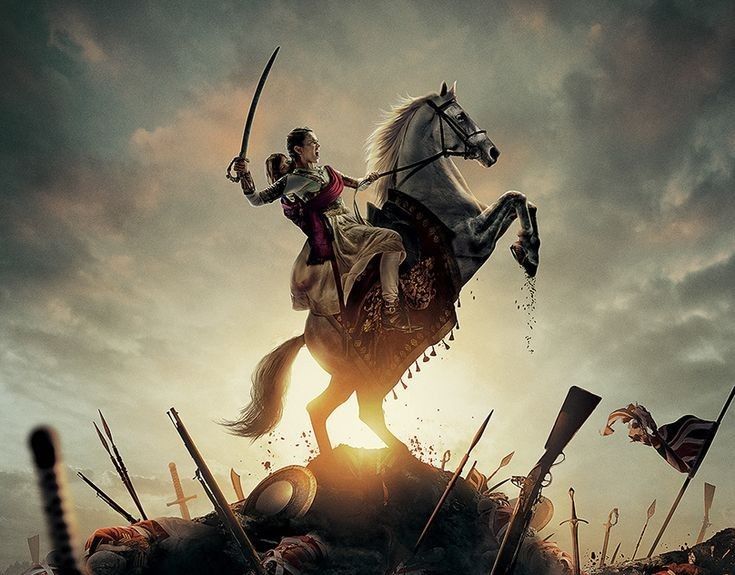
🛡️ 1855: The Year of Strategic Consolidation
By 1855, the Doctrine of Lapse had claimed several princely states—Satara, Nagpur, Sambalpur, and Jaitpur—and resentment against British policies was growing. Across India, rulers and citizens alike began to question the legitimacy of British rule. The seeds of rebellion were being sown.
Rani Lakshmibai saw this as an opportunity. She intensified her preparations. She reorganized her military, trained her forces in guerrilla tactics, and began stockpiling weapons. She also strengthened her alliances with neighboring rulers and rebel leaders, including Tatya Tope and Nana Sahib.
Her leadership was marked by clarity and compassion. She ensured that law and order were maintained in Jhansi, protected civilians, and resolved disputes fairly. Her people saw her not just as a queen, but as a guardian. Her court was no longer ceremonial—it was operational.
She also began preparing emotionally. She invoked the legacy of Shivaji Maharaj, the courage of Rajmata Jijabai, and the spirit of Swarajya. She reminded her people that Jhansi was not just land—it was identity. Her speeches were filled with fire, her actions with purpose.
This year was a turning point. Rani Lakshmibai was no longer reacting—she was leading. She was not just defending Jhansi—she was preparing to reclaim it.
🔥1856 – The Year of Rising Tension and Final Preparations
By 1856, the British East India Company had annexed multiple princely states under the Doctrine of Lapse, and the discontent among Indian rulers and citizens was no longer a whisper—it was a rumble. The annexation of Awadh (Oudh), one of the largest and most loyal kingdoms, sent shockwaves across the subcontinent. If Awadh could fall, no kingdom was safe. And in Jhansi, Rani Lakshmibai knew her time to act was near.
🧭 Political Climate: The Empire Tightens Its Grip
The British were expanding aggressively. Their policies were not just administrative—they were cultural invasions. They interfered with local customs, disrespected religious sentiments, and imposed foreign laws. The annexation of Awadh was seen as a betrayal of trust, and it ignited fury among sepoys, nobles, and civilians alike.
Rani Lakshmibai, already wounded by the annexation of Jhansi, saw this as confirmation of her fears. The British were not here to govern—they were here to dominate. She intensified her preparations, knowing that the storm was coming.
🛡️ Military Preparations: Jhansi Becomes a Fortress
This year marked a dramatic shift in Jhansi’s landscape. Under Rani Lakshmibai’s command, the city transformed into a fortress. The walls of Jhansi Fort were reinforced, watchtowers were manned day and night, and secret tunnels were mapped for emergency escapes.
She expanded her army, recruiting not just men but women warriors. Training camps were set up, and martial drills became part of daily life. Swordsmanship, archery, and horseback combat were taught with precision. Rani Lakshmibai herself led many of these sessions, riding through the grounds with her signature grace and fire.
Her leadership was magnetic. She didn’t just command—she inspired. Her soldiers didn’t fight for pay—they fought for her. They saw in her the reincarnation of Maratha pride, the embodiment of resistance.
🤝 Strategic Alliances: Building the Rebel Network
Rani Lakshmibai knew that Jhansi alone could not withstand the British war machine. She reached out to other discontented rulers and rebel leaders. Her correspondence with Tatya Tope, Nana Sahib, and others became more frequent and focused.
These alliances were built on shared pain and common purpose. They coordinated strategies, exchanged intelligence, and prepared for synchronized uprisings. Jhansi became a nerve center of rebellion, and Rani Lakshmibai its beating heart.
🧠 Emotional Preparation: Awakening the Soul of Jhansi
Beyond military and political strategy, Rani Lakshmibai focused on emotional readiness. She held public gatherings, spoke to her people, and reminded them of their heritage. She invoked the legacy of Shivaji Maharaj, the wisdom of Rajmata Jijabai, and the courage of countless freedom fighters.
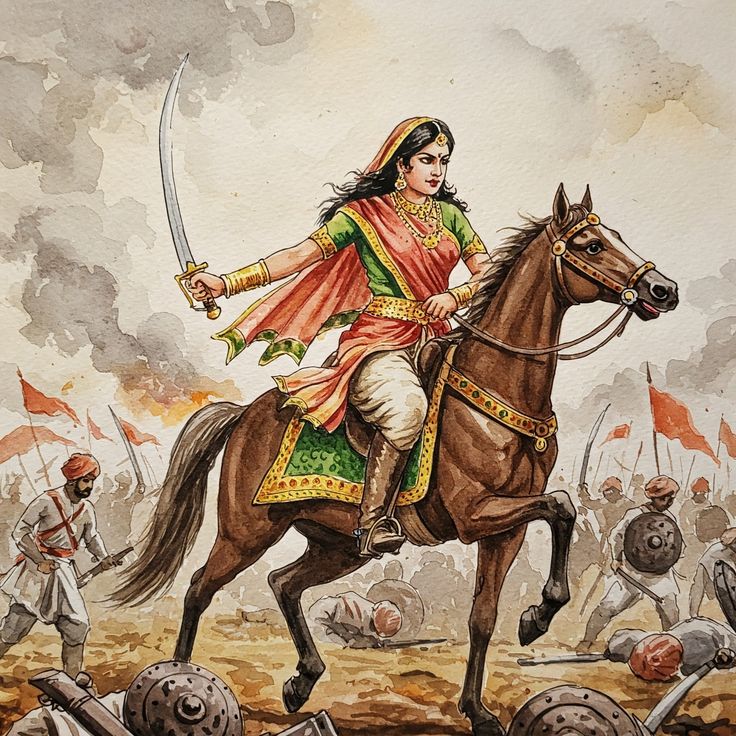
Her speeches were filled with fire:
“Jhansi is not just land—it is our soul. If we lose it, we lose ourselves.”
She encouraged mothers to raise warriors, fathers to teach honor, and children to dream of freedom. Her palace was no longer just a royal residence—it was a temple of resistance.
🧾 British Surveillance and Pressure
The British, sensing unrest, increased surveillance in Jhansi. Political agents sent reports to Calcutta, warning of Rani Lakshmibai’s growing influence. They tried to intimidate her with inspections, restrictions, and veiled threats.
But she remained unshaken. She complied with formalities but never compromised her mission. Her diplomacy was sharp, her defiance silent but firm. She was playing a long game, and every move was calculated.
This year was the final breath before the explosion. Rani Lakshmibai had transformed Jhansi into a fortress, her people into patriots, and herself into a commander. The fire was lit—and 1857 would be the year it roared.
🔥 Section: Revolt of 1857 and War Leadership (1857–1858)
🗓️ May 1857: The Spark of Revolution
The First War of Indian Independence erupted in Meerut in May 1857. What began as a sepoy mutiny quickly spread across northern India, fueled by resentment against British policies, cultural insensitivity, and political annexations. For Rani Lakshmibai, this was not just a rebellion—it was a call to arms.
Jhansi, already annexed under the Doctrine of Lapse, was ripe for resistance. The queen, who had spent years preparing silently, now stepped into the light. She declared her support for the uprising and assumed full command of Jhansi’s defense. Her transformation was complete—Rani Lakshmibai was no longer just a monarch; she was a military leader.
🛡️ Taking Command of Jhansi’s Defense
With British forces approaching, Rani Lakshmibai reorganized her army. She fortified the Jhansi Fort, set up watchtowers, and created emergency escape routes. Her leadership was hands-on—she inspected weapons, led drills, and strategized with her commanders.
She didn’t just rely on traditional forces. She recruited women warriors, trained them in swordsmanship, archery, and horseback combat. These women, inspired by her courage, became symbols of resistance. Jhansi was no longer just a city—it was a fortress of fire.
Her command style was rooted in empathy and discipline. She ensured civilians were protected, food supplies were secured, and morale remained high. Her speeches invoked the legacy of Shivaji Maharaj, the wisdom of Rajmata Jijabai, and the spirit of Swarajya. Her people didn’t just follow her—they believed in her.
⚔️ Battles Against Sir Hugh Rose
In early 1858, British forces led by Sir Hugh Rose advanced toward Jhansi. The siege began in March 1858, and the battle was brutal. For two weeks, Rani Lakshmibai and her forces held off the assault, inflicting heavy casualties and refusing to surrender.
Sir Hugh Rose, a seasoned commander, underestimated the queen’s resolve. He later wrote:
“The Rani of Jhansi was the bravest and best military leader of the rebels.”
The battle was not just physical—it was psychological. Rani Lakshmibai used guerrilla tactics, surprise attacks, and strategic retreats. Her knowledge of terrain, timing, and troop morale was unmatched. She fought not just with weapons, but with wisdom.
🐎 The Escape and Continued Resistance
On April 3, 1858, after fierce resistance, Jhansi fell. But Rani Lakshmibai did not surrender. With her adopted son Damodar Rao strapped to her back, she mounted her horse and escaped through enemy lines. Her escape became legendary—a symbol of defiance and determination.
She regrouped with rebel forces in Kalpi, joined hands with Tatya Tope, and continued the fight. Her leadership remained sharp, her spirit unbroken. She led battles in Gwalior, where she fought her final war.
On June 18, 1858, Rani Lakshmibai died in combat at Kotah-ki-Serai, dressed as a soldier, sword in hand. Her death was not a defeat—it was a coronation of courage.
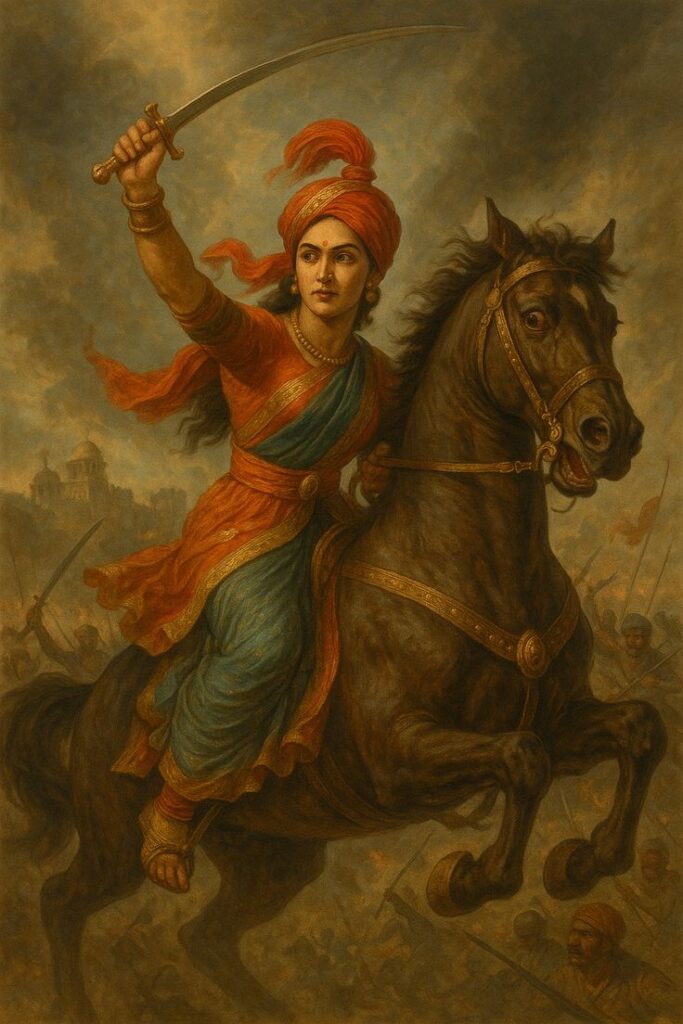
🌺 Legacy of War Leadership
- She was the first Indian queen to lead troops into battle against colonial forces.
- Her army included women warriors, breaking gender norms and inspiring future generations.
- She fought against Sir Hugh Rose, one of Britain’s most formidable commanders.
- Her escape from Jhansi became a symbol of strategic brilliance and bravery.
- Her death in Gwalior marked her as a martyr of India’s first freedom struggle.
Rani Lakshmibai remains immortal—not just in statues and textbooks, but in the soul of Bharat. Her war leadership was not just about resistance—it was about reclaiming dignity, identity, and destiny.
🐎Alliance and Final Battle (May–June 1858)
A Queen’s Last Ride into Immortality
🤝 May 1858: Alliance at Kalpi – The Rebel Trinity Forms
After escaping the siege of Jhansi in April 1858, Rani Lakshmibai rode toward Kalpi, a strategic town on the banks of the Yamuna. There, she joined forces with two of the most prominent leaders of the 1857 revolt: Tatya Tope and Nana Sahib.
- Tatya Tope, a brilliant guerrilla strategist and loyal follower of Nana Sahib, had already fought multiple battles against the British, including the siege of Kanpur.
- Nana Sahib, the adopted son of the last Peshwa Baji Rao II, was a symbol of Maratha pride and had declared himself the leader of the rebellion in Kanpur.
Together, they formed a rebel trinity—three leaders bound by shared loss, common purpose, and a burning desire to reclaim Bharat from colonial rule. Rani Lakshmibai, though younger, was treated as an equal. Her escape from Jhansi had already become legendary, and her leadership was revered.
At Kalpi, they regrouped, trained troops, and planned a counteroffensive. The British, led by Sir Hugh Rose, were closing in, but the rebels were determined to resist. The alliance was not just military—it was emotional. It was a bond forged in fire.
🏰 Mid-May 1858: The Fall of Kalpi and Retreat to Gwalior
Despite their efforts, Kalpi fell to British forces after intense fighting. The rebels, outnumbered and outgunned, were forced to retreat. But Rani Lakshmibai did not see this as defeat—she saw it as redirection.
She led the retreat toward Gwalior, a princely state with strategic importance and symbolic value. The Maharaja of Gwalior, under British influence, was reluctant to support the rebels. But Rani Lakshmibai, with her charisma and conviction, rallied the Gwalior troops to her side.
By early June, the rebel forces had seized control of Gwalior. The Maharaja fled, and Rani Lakshmibai took command of the city’s defenses. She declared Gwalior a free state and began preparing for the final confrontation.
Her leadership during this phase was marked by urgency and clarity. She reorganized the army, fortified the city, and ensured that civilians were protected. Her speeches invoked the legacy of Shivaji Maharaj, the courage of Rajmata Jijabai, and the spirit of Swarajya.
⚔️ 17–18 June 1858: The Battle of Kotah-ki-Serai – A Warrior’s Last Stand
On 18 June 1858, British forces led by Brigadier Smith and Sir Hugh Rose launched a full-scale assault on Gwalior. The decisive battle took place at Kotah-ki-Serai, a military encampment just outside the city.
Rani Lakshmibai, dressed as a soldier, mounted her horse and rode into battle. She wore a turban, carried a sword, and had her adopted son Damodar Rao strapped to her back. Her presence electrified the battlefield. She charged through enemy lines, rallied her troops, and fought with unmatched valor.
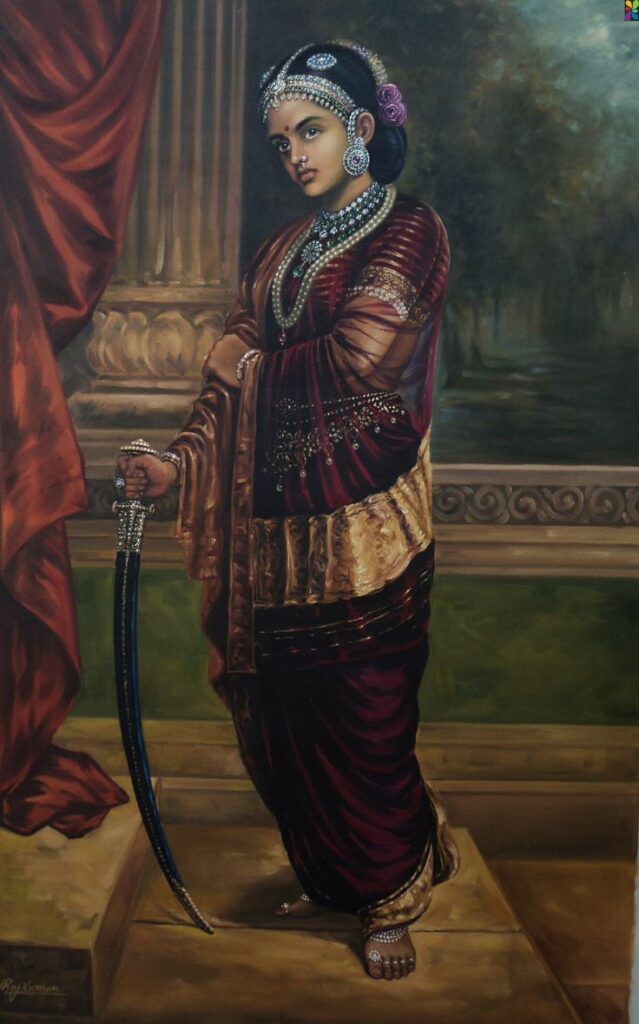
The heat was intense, the terrain unforgiving, and the odds overwhelming. Yet she refused to retreat. She fought not just for Jhansi or Gwalior—but for every Indian who had tasted the sting of colonial injustice.
In the chaos of combat, Rani Lakshmibai was struck down. She died fighting, refusing to surrender. Her body was cremated by loyal followers to prevent British desecration. Her death was not a defeat—it was a coronation of courage.
🌺 Legacy of the Final Battle
- Rani Lakshmibai’s alliance with Tatya Tope and Nana Sahib marked a rare moment of unity in the 1857 revolt.
- Her leadership in Gwalior showed her ability to inspire, organize, and command under pressure.
- The Battle of Kotah-ki-Serai remains one of the most iconic last stands in Indian history.
- Her martyrdom on 18 June 1858 transformed her from rebel queen to eternal symbol of resistance.
Rani Lakshmibai did not die—she ascended into legend. Her final ride was not an escape—it was an entry into immortality.
🌺 Legacy and Immortality of Rani Lakshmibai
A Queen’s Final Flame and India’s Eternal Warrior
🔥 Secret Cremation: Protecting Honor Beyond Death
On 18 June 1858, after fighting valiantly at Kotah-ki-Serai, Rani Lakshmibai was martyred in combat. She had charged into battle dressed as a soldier, refusing to surrender even in the face of overwhelming British forces. Her death was sudden, but her dignity was fiercely protected.
Fearing that the British would desecrate her body—parade it, humiliate it, or use it for propaganda—her loyal attendants cremated her secretly near the battlefield. The location was kept hidden, and no monument was built at the time. This act was not just about ritual—it was about resistance. Even in death, Rani Lakshmibai denied the British the satisfaction of conquest.
Her cremation became symbolic. It was the final act of sovereignty, a flame that refused to be extinguished. Her body may have been reduced to ashes, but her spirit ignited a revolution.
👶 Damodar Rao: The Forgotten Heir and His Struggle
Damodar Rao, born as Anand Rao, was the adopted son of Rani Lakshmibai and Maharaja Gangadhar Rao. He had been strapped to her back during her escape from Jhansi and remained with her until her final battle. After her death, he was smuggled out of Gwalior and taken to Indore, where he lived under British supervision.
Despite being the legal heir to Jhansi, the British refused to recognize his claim. He was denied royal status, inheritance, and dignity. In later years, Damodar Rao petitioned the British for a pension, citing his lineage and the injustice of the Doctrine of Lapse. He was granted a meager sum—₹200 per month, which was later reduced and eventually stopped.
He lived in obscurity, far from the glory of his mother’s legacy. His story is a reminder of how colonial policies erased not just kingdoms, but identities. Yet, his survival ensured that Rani Lakshmibai’s bloodline endured, even if the crown did not.
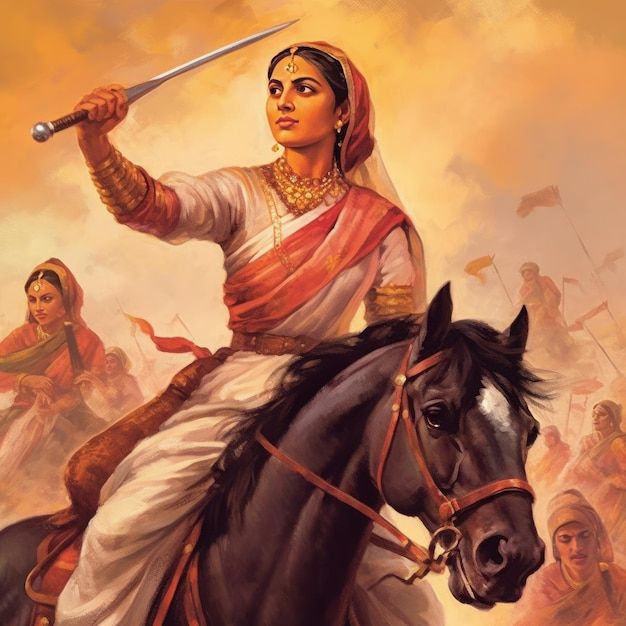
🗡️ Symbol of Resistance, Courage, and Patriotism
Rani Lakshmibai became more than a historical figure—she became a symbol. Her name evokes valor, sacrifice, and national pride. She is remembered as the woman who stood up to an empire, who led an army, and who died fighting for her land.
Her story inspired generations of freedom fighters, poets, and patriots. Subhadra Kumari Chauhan’s iconic poem immortalized her in Hindi literature:
“ख़ूब लड़ी मर्दानी वह तो झाँसी वाली रानी थी।”
This line became a rallying cry during India’s independence movement. Statues of Rani Lakshmibai were erected across the country, from Jhansi to Pune, from Delhi to Indore. Schools, roads, and institutions bear her name. She is taught in textbooks, sung in ballads, and revered in folklore.
Her legacy transcends caste, region, and gender. She is not just a Maratha queen—she is Bharat’s Veerangana, the warrior queen of India.
🇮🇳 भारत की वीरांगना – The Eternal Flame
The title “भारत की वीरांगना” is not just poetic—it is prophetic. It captures the essence of Rani Lakshmibai as a woman who defied norms, led with honor, and died with dignity. She was a queen, a mother, a soldier, and a symbol.
Her story is taught not just for history—but for identity. She represents the soul of India: fierce, proud, and unyielding. Her courage is a mirror for every woman who dares to lead, every citizen who dares to resist, and every generation that dreams of freedom.
🏛️ Rani Lakshmibai in Modern India: Statues, Memorials, and Cultural Impact
🗿 Statues and Memorials: Carving Courage in Stone
Across India, Rani Lakshmibai’s image stands tall—sword raised, child on her back, horse mid-gallop. These statues are not just artistic tributes; they are declarations of pride.
- Jhansi Fort: The most iconic statue stands within the fort she once defended. Tourists and patriots alike visit to pay homage to the queen who made history here.
- Gwalior: Near Kotah-ki-Serai, where she fell in battle, a memorial honors her sacrifice. Though her cremation site remains secret, the land remembers her.
- Delhi, Pune, Indore, and Mumbai: Cities across India have erected statues in public squares, parks, and institutions. Each one tells the story of a queen who refused to bow.
These memorials are often surrounded by gardens, plaques, and murals. Schoolchildren visit them on field trips. Freedom fighters salute them on anniversaries. Artists sketch them. They are more than monuments—they are mirrors of India’s soul.
📚 Literature and Poetry: Immortal in Words
Rani Lakshmibai has inspired countless writers. Her story is retold in textbooks, novels, and poems. The most famous tribute comes from Subhadra Kumari Chauhan, whose poem “Jhansi ki Rani” is etched into every Indian classroom:
“ख़ूब लड़ी मर्दानी वह तो झाँसी वाली रानी थी।”
This line became a slogan during the freedom movement. It was recited in protests, printed in pamphlets, and sung in rallies. It gave voice to women who saw in Rani Lakshmibai a reflection of their own strength.
Modern authors have explored her life through fiction, biography, and feminist critique. Her story is studied not just as history, but as a case study in leadership, resistance, and gender politics.
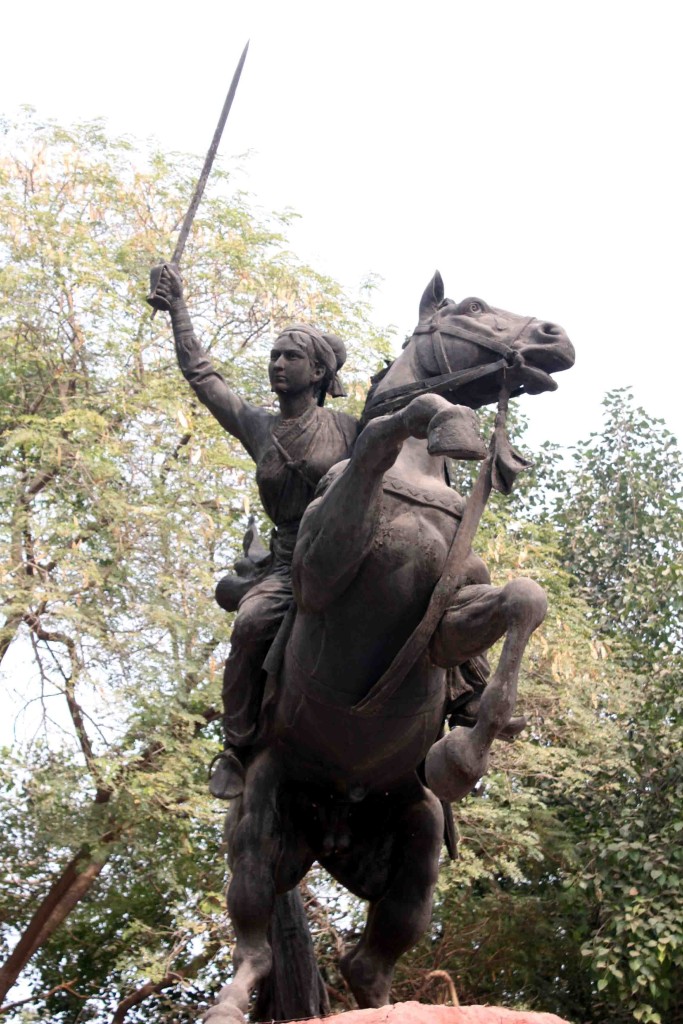
🎬 Cinema and Television: Bringing the Queen to Screen
Bollywood and regional cinema have repeatedly brought Rani Lakshmibai to life:
- “Jhansi Ki Rani” (1953): Directed by Sohrab Modi, this was one of India’s earliest historical epics.
- “Manikarnika: The Queen of Jhansi” (2019): Starring Kangana Ranaut, this film reignited public interest in her legacy, blending action with emotion.
- TV serials and documentaries: Her life has been serialized for national television, making her story accessible to millions.
These portrayals often emphasize her martial prowess, emotional depth, and political acumen. They show her as a mother, a monarch, and a martyr. They bring her story to new generations, ensuring that her flame never fades.
🧠 Academic and Feminist Legacy
In universities, Rani Lakshmibai is studied as a symbol of resistance against colonialism and patriarchy. Scholars analyze her leadership style, her defiance of gender norms, and her role in the 1857 revolt.
She is often compared to global icons like Joan of Arc, but her legacy is uniquely Indian. She didn’t just fight for freedom—she fought for dignity, identity, and justice.
Feminist thinkers see her as a pioneer. She led armies when women were expected to stay silent. She negotiated with colonial powers when women were denied agency. She died on the battlefield when women were told to mourn.
🪔 Cultural Memory: Festivals, Songs, and Public Consciousness
Every year, Rani Lakshmibai Jayanti is celebrated with parades, speeches, and cultural programs. In Jhansi, schoolchildren dress as her. In Maharashtra, poets recite verses in her honor. In Delhi, leaders lay wreaths at her statues.
Her name is invoked in political speeches, motivational talks, and spiritual sermons. She is remembered not just for what she did—but for what she represents.
She is Bharat’s Veerangana, the eternal flame of resistance.
🌺 Conclusion: Rani Lakshmibai – The Flame That Refused to Die
In the grand tapestry of Indian history, few threads shine as fiercely as that of Rani Lakshmibai. Her story is not confined to the dusty pages of textbooks or the bronze of statues—it lives in the heartbeat of every Indian who dares to dream, resist, and rise.
She was not born to be a queen. She was born to be a force.
From the moment Manikarnika Tambe became Rani Lakshmibai, she carried more than a crown—she carried a cause. Her transformation was not ceremonial; it was spiritual. She did not inherit power—she earned it, forged it, and wielded it with grace and grit.
Her life was a symphony of contradictions: a Brahmin girl who mastered the sword, a widow who led armies, a mother who rode into battle with her child strapped to her back. She defied every expectation, every limitation, every rule written to contain her.
And in doing so, she rewrote the rules.
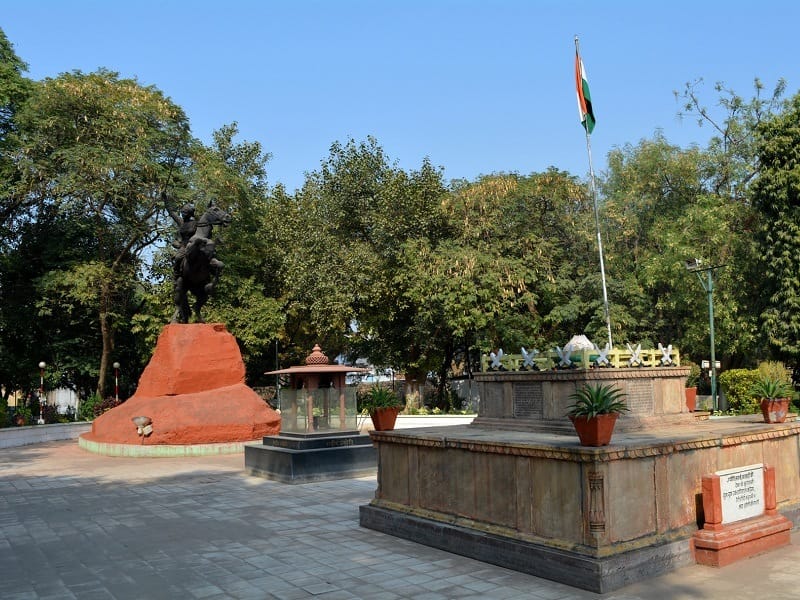
🧠Leadership Rooted in Emotion
What made Rani Lakshmibai extraordinary was not just her military skill—it was her emotional intelligence. She led not with fear, but with empathy. Her soldiers followed her not because she was royal, but because she was real.
She listened. She learned. She loved.
She understood that leadership was not about domination—it was about devotion. Her people saw in her a protector, a mother, a warrior. She was the embodiment of Dharma, the living flame of Swarajya, and the voice of every silenced soul.
Her decisions were not cold calculations—they were moral convictions. She chose resistance over comfort, sacrifice over survival, and legacy over life.
🔥 Symbolism Beyond the Battlefield
Rani Lakshmibai did not just fight the British—she fought erasure. She fought the idea that women should be silent, that widows should be invisible, that queens should be ornamental.
She became a symbol of everything the empire feared: courage, conviction, and cultural pride.
Her sword was not just steel—it was statement. Her horse was not just transport—it was transcendence. Her final charge at Kotah-ki-Serai was not just a tactical move—it was a spiritual offering.
She died, yes. But she did not fall.
Her secret cremation was not a tragedy—it was a triumph. Even in death, she denied the British the satisfaction of conquest. Her ashes became sacred, her memory immortal.
👶 Damodar Rao: The Silent Legacy
Her adopted son, Damodar Rao, lived in obscurity. Denied his inheritance, stripped of his title, he became a footnote in colonial records. But his survival was a quiet rebellion. He carried her blood, her name, her story.
His petitions for pension were not just financial—they were emotional. They were pleas for recognition, for justice, for dignity. And though the British gave him little, history gave him everything.
Through him, Rani Lakshmibai’s legacy endured—not in palaces, but in people.
🗡️ Feminine Power Reimagined
In a world that often equates femininity with fragility, Rani Lakshmibai shattered the mold. She was soft and strong, graceful and gritty, maternal and militant.
She did not ask for permission—she created possibility.
She became the blueprint for every woman who dared to lead. From freedom fighters to CEOs, from poets to politicians, her spirit echoes in every woman who refuses to be defined by limits.
She was not just a feminist icon—she was a feminine force.
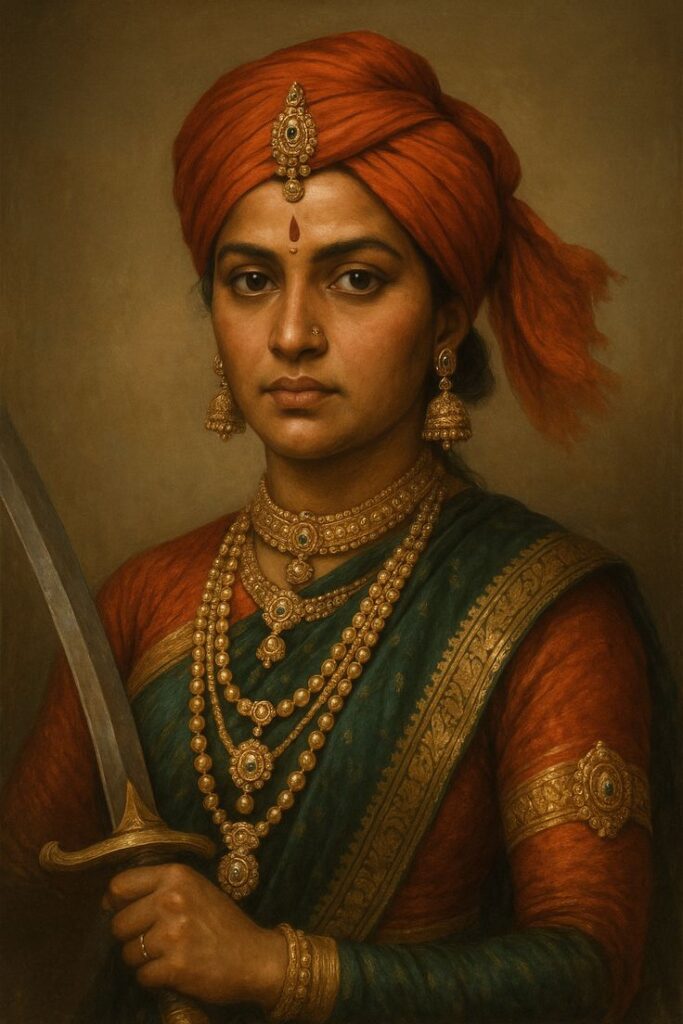
🇮🇳 Bharat Ki Veerangana: The Eternal Flame
Today, Rani Lakshmibai is more than a memory—she is a movement.
Her name is invoked in protests, poems, and prayers. Her image is etched in statues, stamps, and schoolbooks. Her story is retold in films, festivals, and family legends.
She is not just the queen of Jhansi—she is the queen of courage.
She reminds us that resistance is sacred, that leadership is love, and that legacy is earned. She teaches us that history is not made by those who follow—it is made by those who fight.
And she fought. Fiercely. Fearlessly. Forever.
🪔 Final Words: The Flame Lives On
Rani Lakshmibai did not die in 1858. She lives in every act of defiance, every voice of dissent, every dream of freedom.
She lives in the girl who speaks up in class.
She lives in the mother who protects her child.
She lives in the leader who chooses ethics over ego.
She lives in the artist who paints truth.
She lives in the soldier who stands tall.
She lives in you. She lives in me. She lives in Bharat.
Her story is not over. It never was.
Because Rani Lakshmibai was not just a queen.
She was a question.
She was a challenge.
She was a flame.
And flames don’t die.
They rise.
👑 What Today’s Girls Can Learn from Rani Lakshmibai
In a world where girls are still told to “stay quiet,” “play safe,” or “follow the rules,” the story of Rani Lakshmibai roars like thunder. She was not born into power—she built it. She didn’t wait for permission—she created possibility. And she didn’t just fight for a kingdom—she fought for dignity.
For every girl navigating school, career, relationships, or self-worth, Rani Lakshmibai offers timeless lessons. Her life is not just history—it’s a mirror. Here’s what today’s girls can learn from her legacy:
1. 🗡️ Be Fierce, Be Feminine
Rani Lakshmibai was a warrior and a mother. She rode into battle with her son strapped to her back. She wore armor, but she also wore empathy. She didn’t choose between strength and softness—she embodied both.
Lesson: You don’t have to be less feminine to be powerful. You can be graceful and gritty. You can wear lipstick and lead teams. You can cry and still conquer. Your emotions are not weaknesses—they’re weapons of wisdom.
2. 🧠 Intelligence Is Your Sword
Before she picked up a sword, Rani Lakshmibai picked up books. She studied Sanskrit, Persian, and political strategy. She understood diplomacy, ethics, and leadership. Her mind was her first battlefield—and she won it.
Lesson: Education is your armor. Learn deeply. Think critically. Ask questions. Whether you’re in a classroom, boardroom, or courtroom—your intelligence is your edge. Don’t just aim to pass—aim to lead.
3. 🛡️ Don’t Wait for Rescue—Be Your Own Hero
When the British tried to annex Jhansi, Rani Lakshmibai didn’t beg for help. She built her own army. She trained women. She fortified her city. She didn’t wait for a savior—she became one.
Lesson: Don’t wait for someone to fix your life. Be your own rescue plan. Whether it’s a toxic friendship, a career setback, or a personal challenge—take charge. You are not helpless. You are heroic.
4. 🐎 Lead with Purpose, Not Ego
Rani Lakshmibai didn’t fight for fame. She fought for her people, her son, and her land. Her leadership was rooted in service, not status. She listened, she cared, and she acted.
Lesson: Leadership isn’t about being the loudest—it’s about being the wisest. Whether you’re leading a project, a team, or your own life—lead with purpose. Let your actions speak louder than your titles.
5. 🔥 Your Voice Is Your Power—Use It
Her iconic words—“Main apni Jhansi nahi doongi”—weren’t just defiance. They were destiny. She spoke up when silence was expected. She declared war when surrender was demanded.
Lesson: Speak your truth. Whether it’s calling out injustice, asking for what you deserve, or saying “no” to what doesn’t serve you—your voice matters. Don’t whisper when you were born to roar.
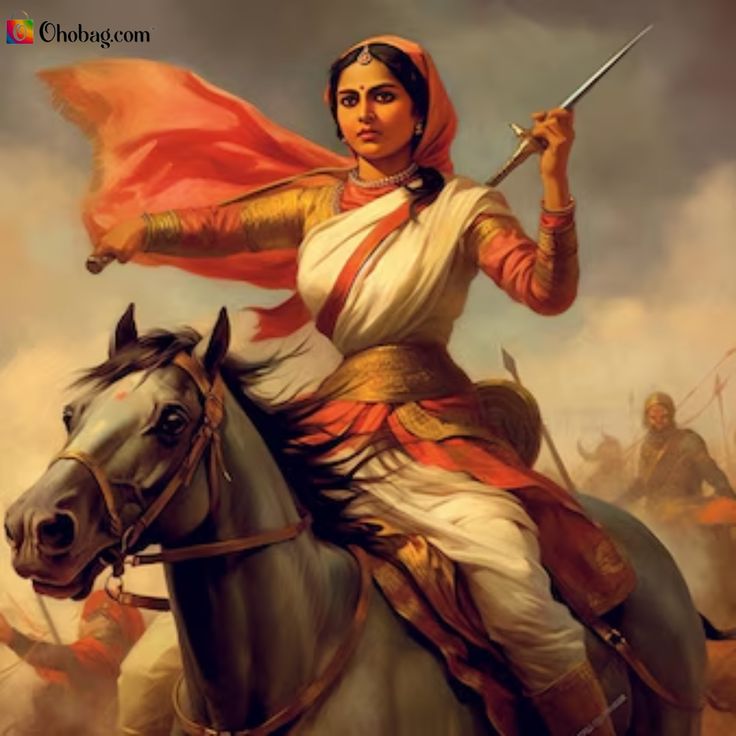
6. 🌺 Legacy Is Built in Moments
Rani Lakshmibai didn’t live a long life—but she lived a legendary one. Her courage in a few years created centuries of inspiration. She didn’t wait for the “right time”—she made every moment count.
Lesson: You don’t need decades to make a difference. Every choice you make—every stand you take—builds your legacy. Be intentional. Be impactful. Be unforgettable.
7. 💪 You Are Not Too Young, Too Small, or Too Late
She was just 25 when she became a widow and a warrior. She was underestimated by generals, dismissed by colonizers, and still, she led revolts that shook empires.
Lesson: Age is not a limit. Size is not a barrier. Timing is not a trap. Whether you’re 15 or 50, your power is real. Don’t let anyone tell you “you’re not ready.” If you have a dream, you’re ready.
8. 🧬 Your Story Is Your Strength
Rani Lakshmibai’s life was filled with loss—her husband, her child, her kingdom. But she turned pain into power. She didn’t hide her story—she fought with it.
Lesson: Your scars are sacred. Your struggles are strength. Don’t be ashamed of your story—own it. Share it. Use it to rise. You are not broken—you are becoming.
💖 Final Words: You Are the Flame
Rani Lakshmibai was not just a queen. She was a question to the world: “What happens when a girl refuses to be small?”
She was the answer: “The world changes.”
So to every girl reading this—whether you’re in a village or a city, a classroom or a cubicle—remember this:
You are not just someone’s daughter.
You are not just someone’s future.
You are not just someone’s responsibility.
You are someone’s inspiration. You are someone’s revolution. You are someone’s Rani.
Be bold. Be brilliant. Be unstoppable.
Because Rani Lakshmibai didn’t just fight for Jhansi.
She fought for you.
External Links: 1.https://www.pinterest.com/ideas/rani-laxmi-bai/914395525826/ 2.https://www.britannica.com/biography/Lakshmi-Bai
📘 Rani Lakshmibai – Exclusive FAQ
1. Why did Rani Lakshmibai choose to fight dressed as a soldier instead of a queen?
Answer:
Rani Lakshmibai’s decision to wear a soldier’s attire during her final battle was a deliberate act of transformation. She wasn’t just defending Jhansi—she was embodying resistance. By shedding royal robes and donning armor, she sent a message: this war wasn’t about status, it was about survival. Her uniform erased hierarchy and united her with her troops. It was her way of saying, “I am one of you. I bleed with you. I fight for you.” This choice made her not just a queen—but a commander of the people.
2.What does Rani Lakshmibai’s secret cremation symbolize in India’s cultural memory?
Answer:
Her secret cremation wasn’t just a protective act—it was a final rebellion. In Indian tradition, cremation is sacred, but in Lakshmibai’s case, it became political. Her followers denied the British the chance to desecrate her body, preserving her dignity even in death. Symbolically, it turned her into fire—uncontainable, untouchable, eternal. The absence of a grave made her memory omnipresent. She didn’t rest in one place—she rose everywhere.
3. How did Rani Lakshmibai redefine motherhood during wartime?
Answer:
Rani Lakshmibai redefined motherhood not as shelter, but as strength. With her adopted son Damodar Rao strapped to her back during battle, she shattered the stereotype of passive maternal care. She showed that a mother could protect not just her child, but her kingdom. Her battlefield motherhood became a metaphor: nurturing and defending can coexist. She was a mother who didn’t hide her child from war—she carried him through it.
4.Why is Rani Lakshmibai considered a symbol of ethical leadership, not just military resistance?
Answer:
Unlike many rebel leaders, Rani Lakshmibai’s resistance was rooted in ethics. She didn’t fight for revenge—she fought for justice. Her petitions to the British were respectful yet firm. She protected civilians during war, refused to loot, and maintained law and order in Jhansi even under siege. Her leadership wasn’t just strategic—it was moral. She showed that rebellion can be righteous, and that power must be wielded with responsibility.
5.What makes Rani Lakshmibai relevant to modern India’s youth and digital creators?
Answer:
Rani Lakshmibai’s story is tailor-made for the digital age. She was bold, visual, and emotionally charged—everything content creators crave. Her life offers reels of courage, carousels of legacy, and quote packs of fire. For India’s youth, she’s not just history—she’s attitude. She teaches that identity is earned, not inherited. That resistance is beautiful. And that storytelling can be a weapon. She’s the original influencer—without a platform, but with a purpose.
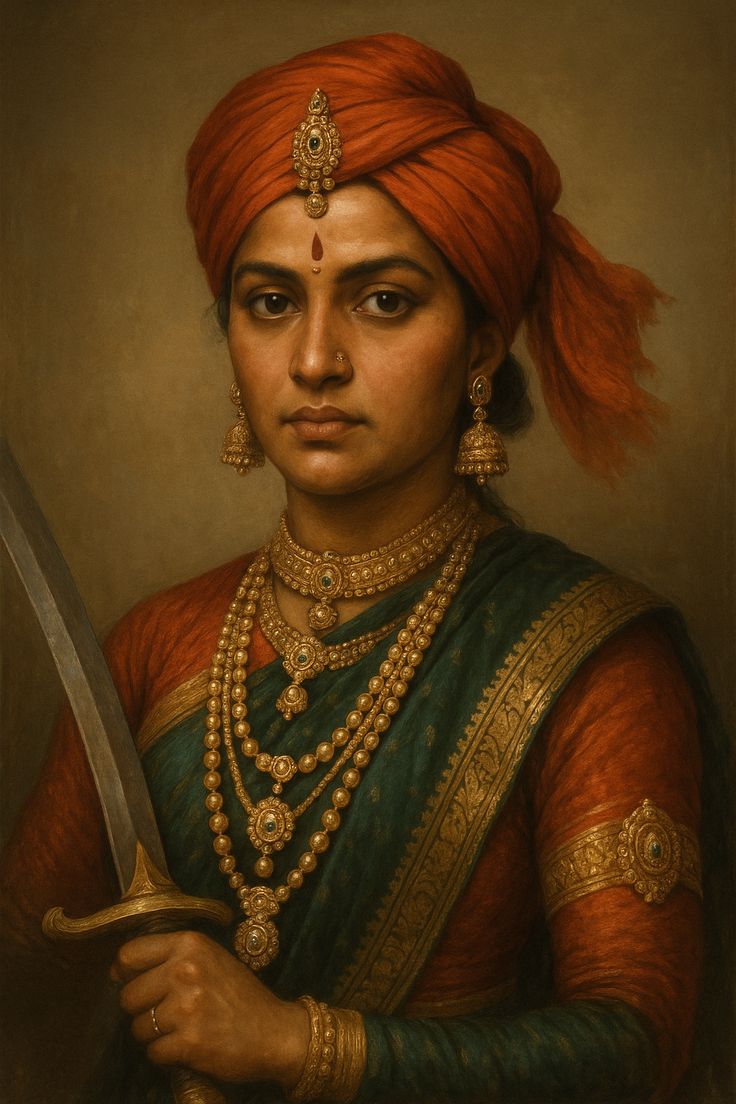
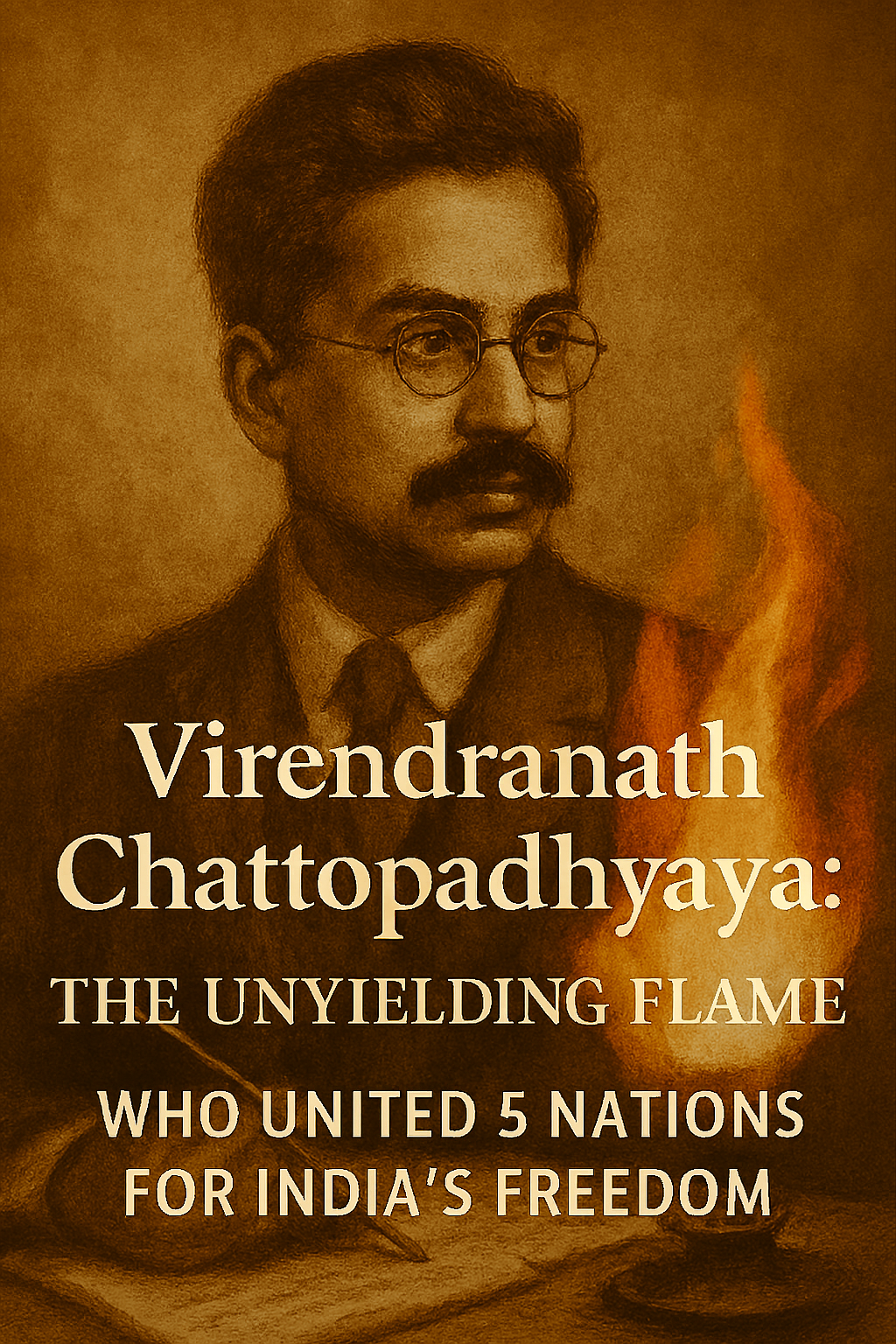
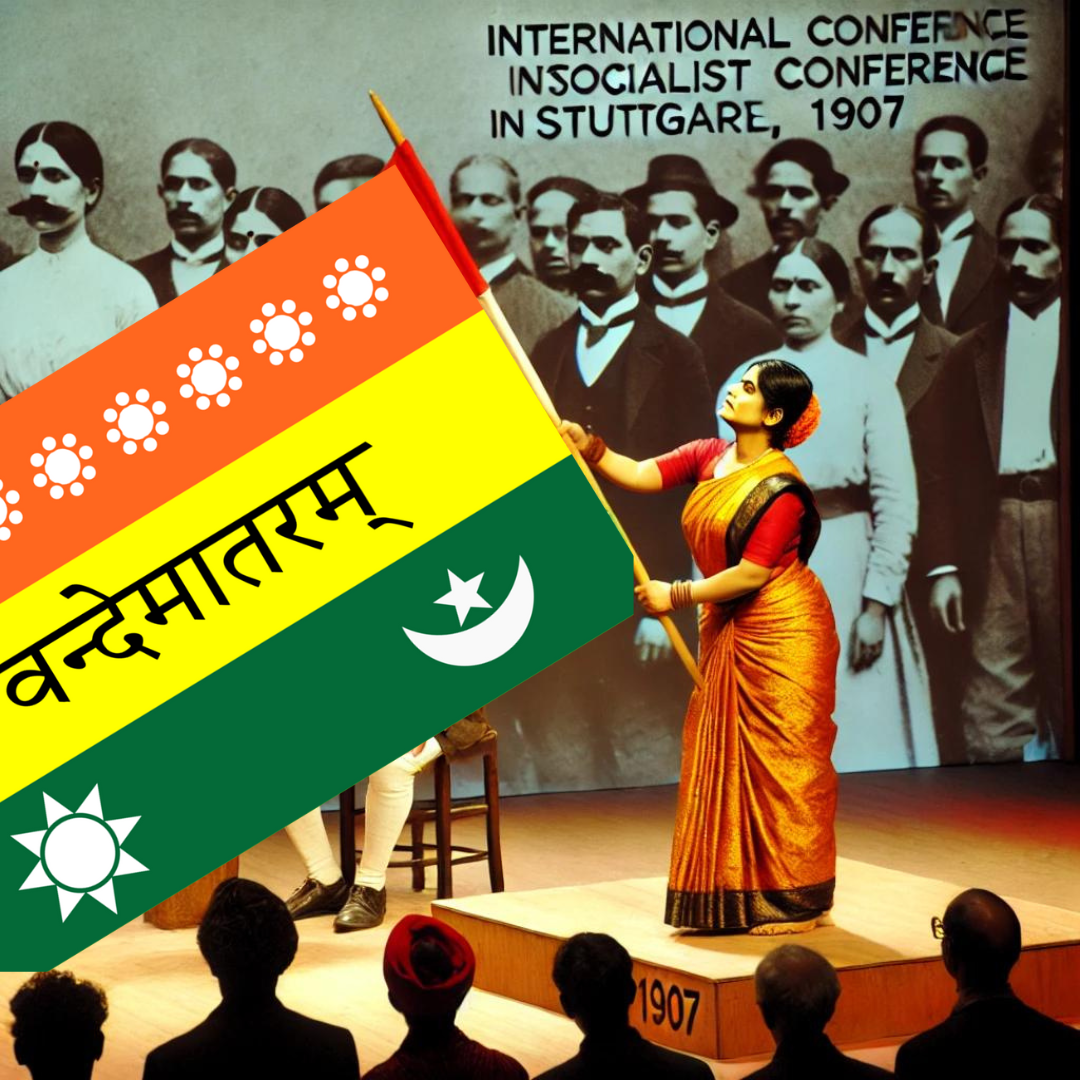
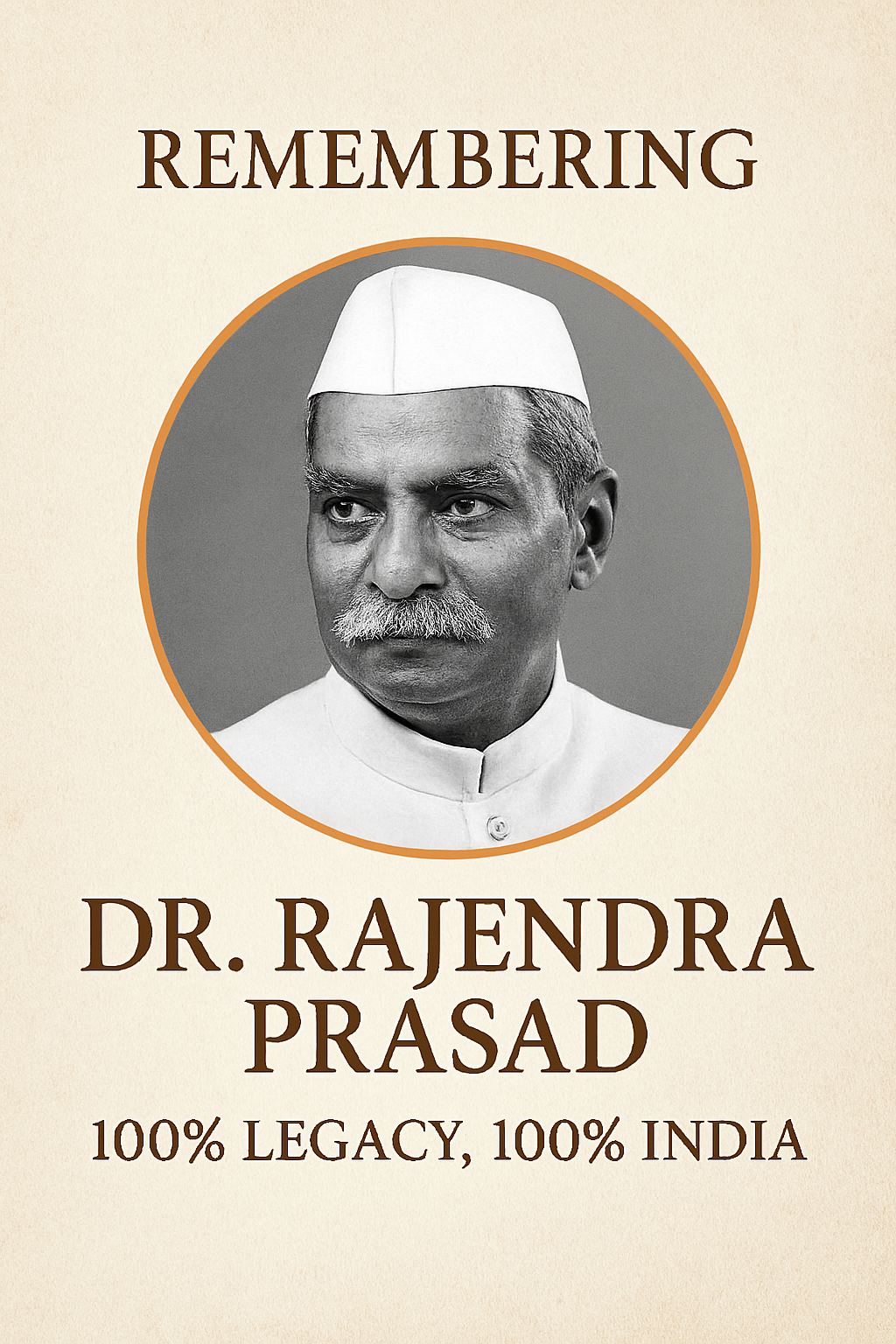

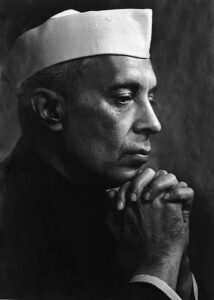

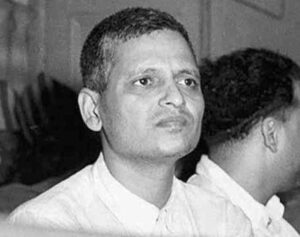
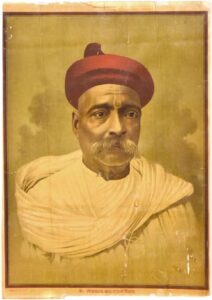
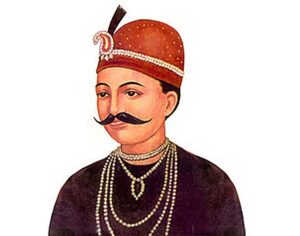
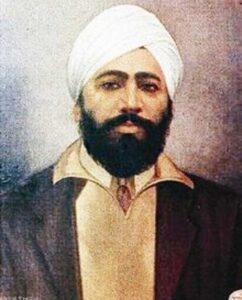
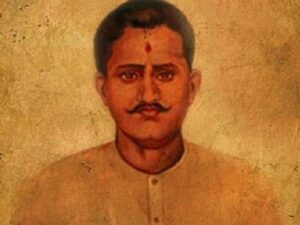


2 comments